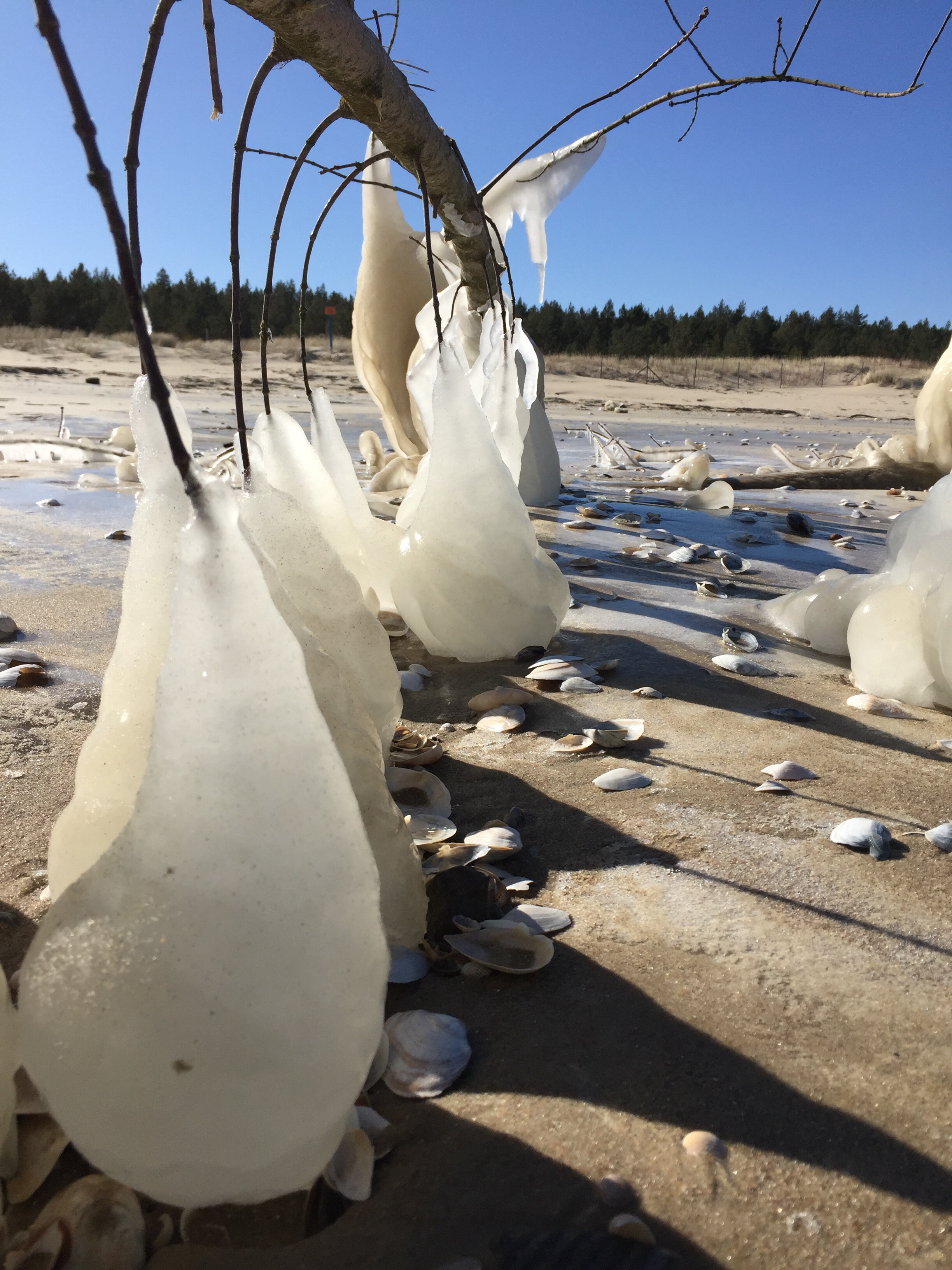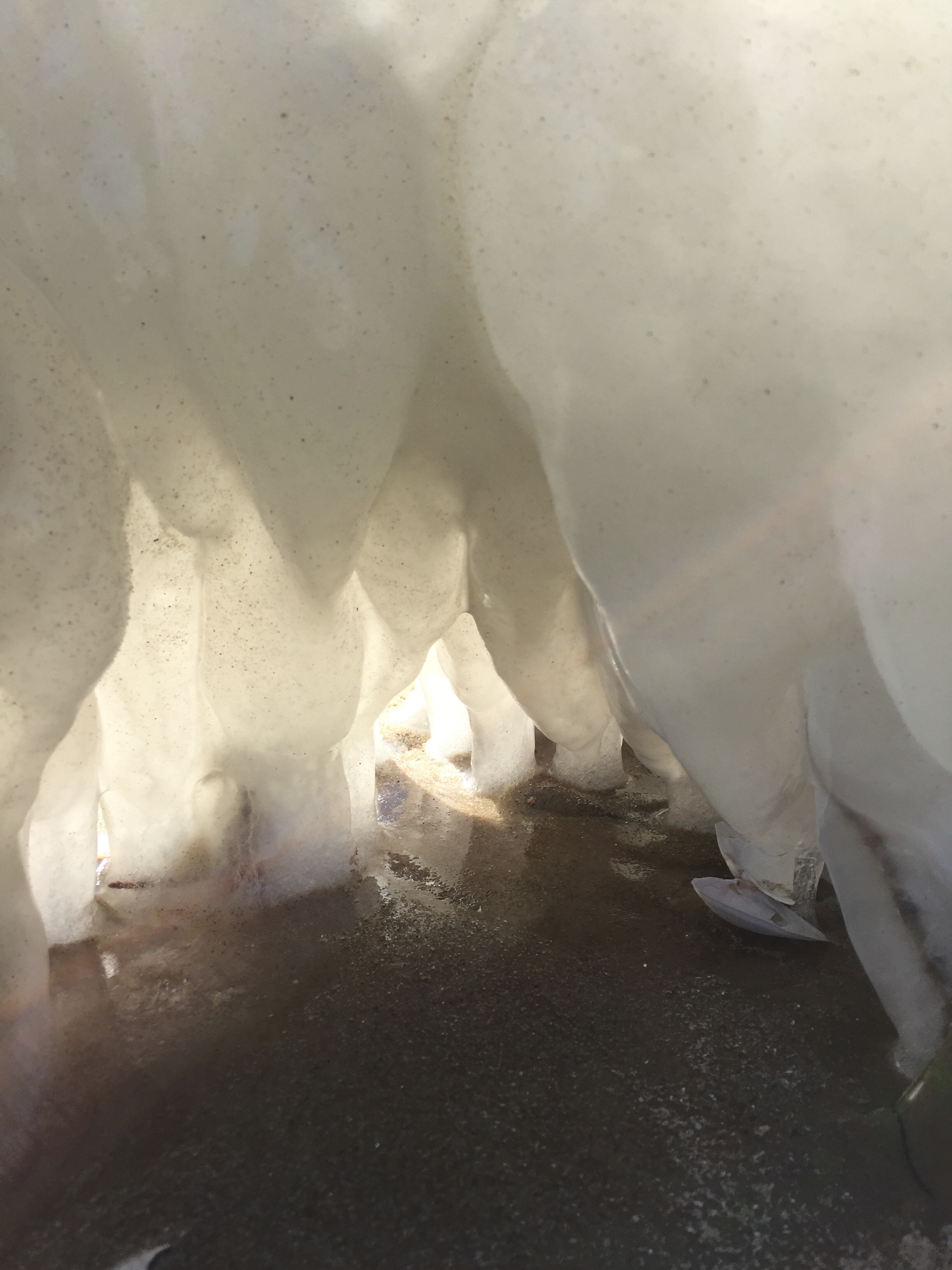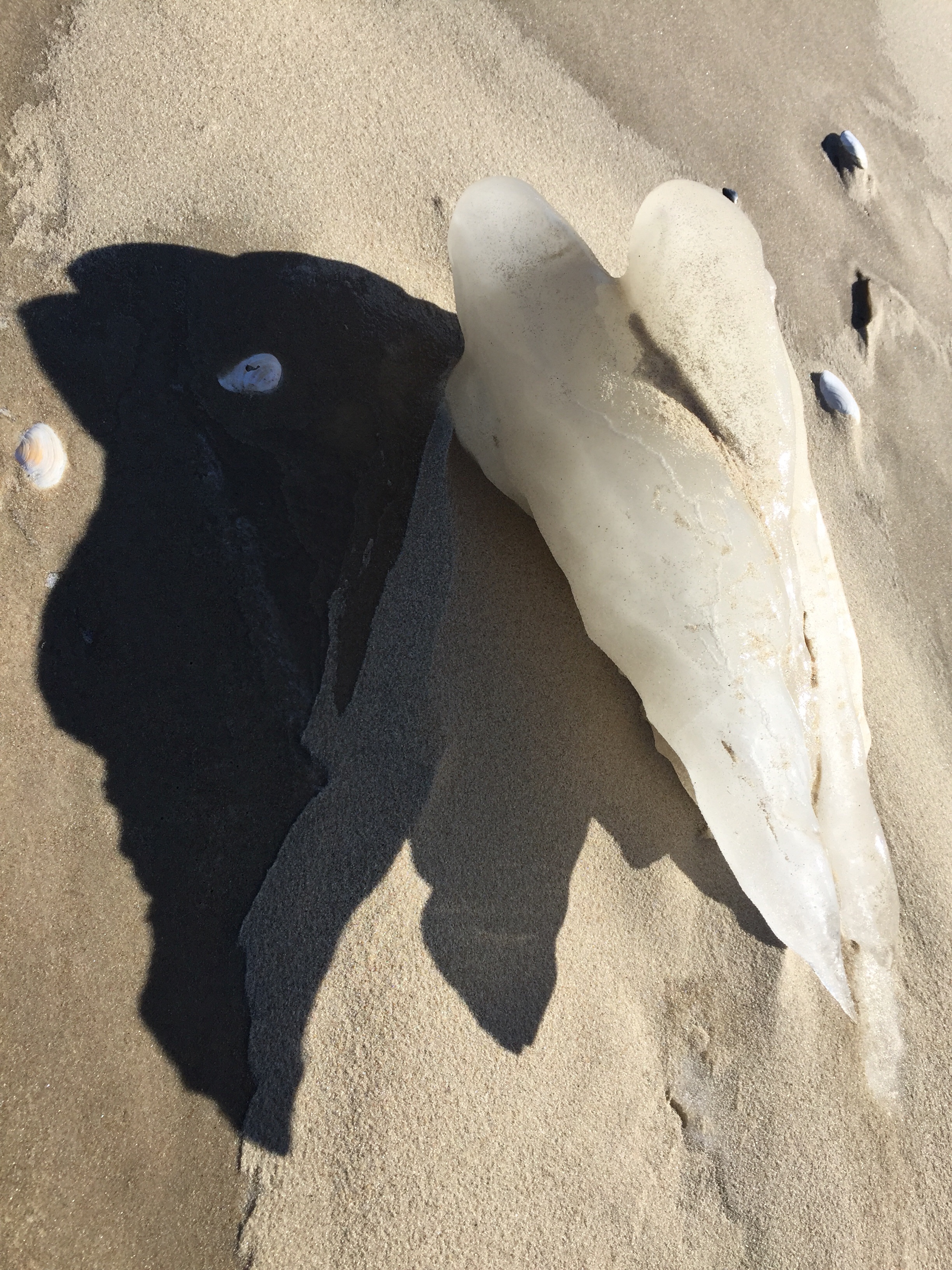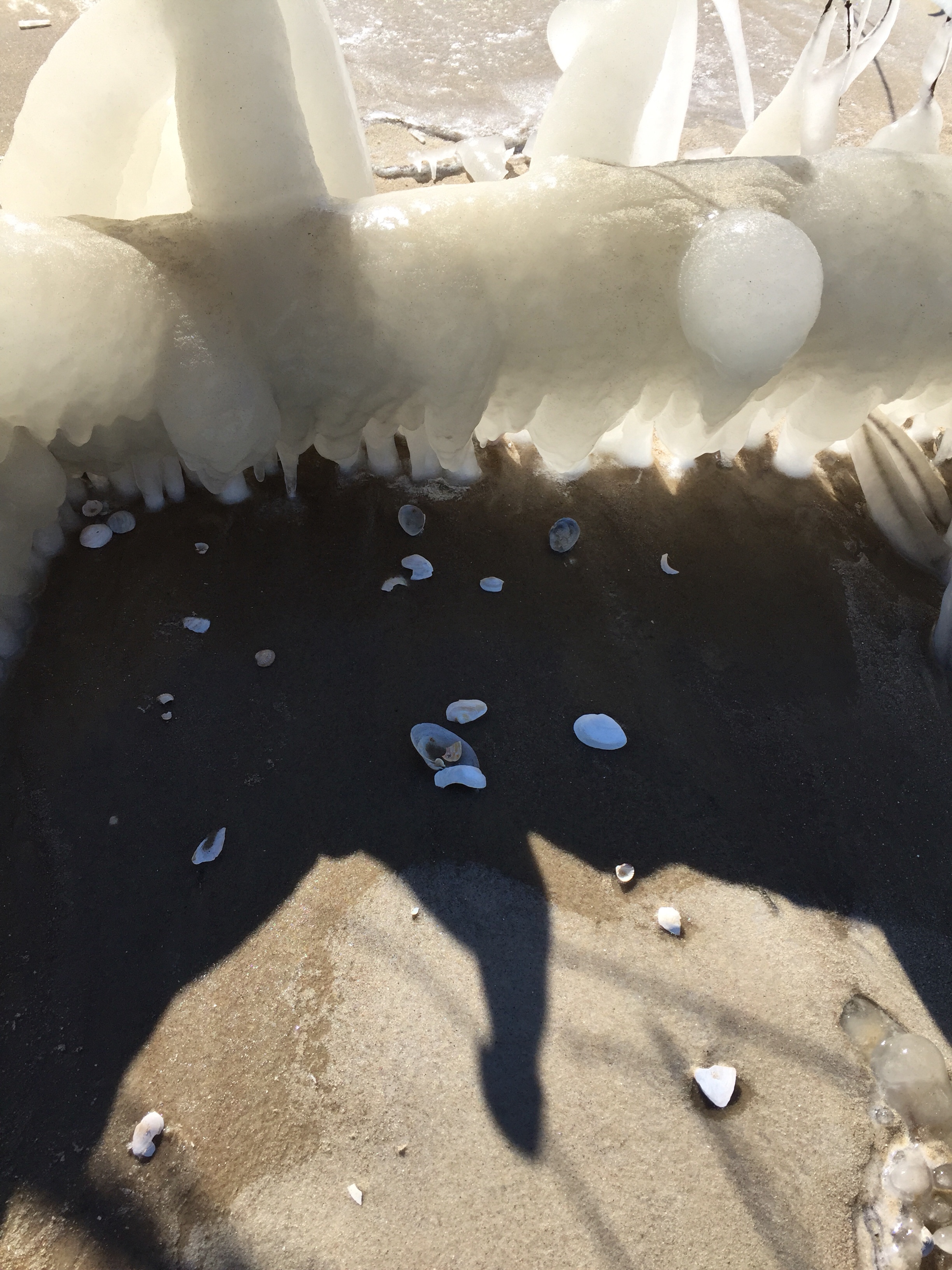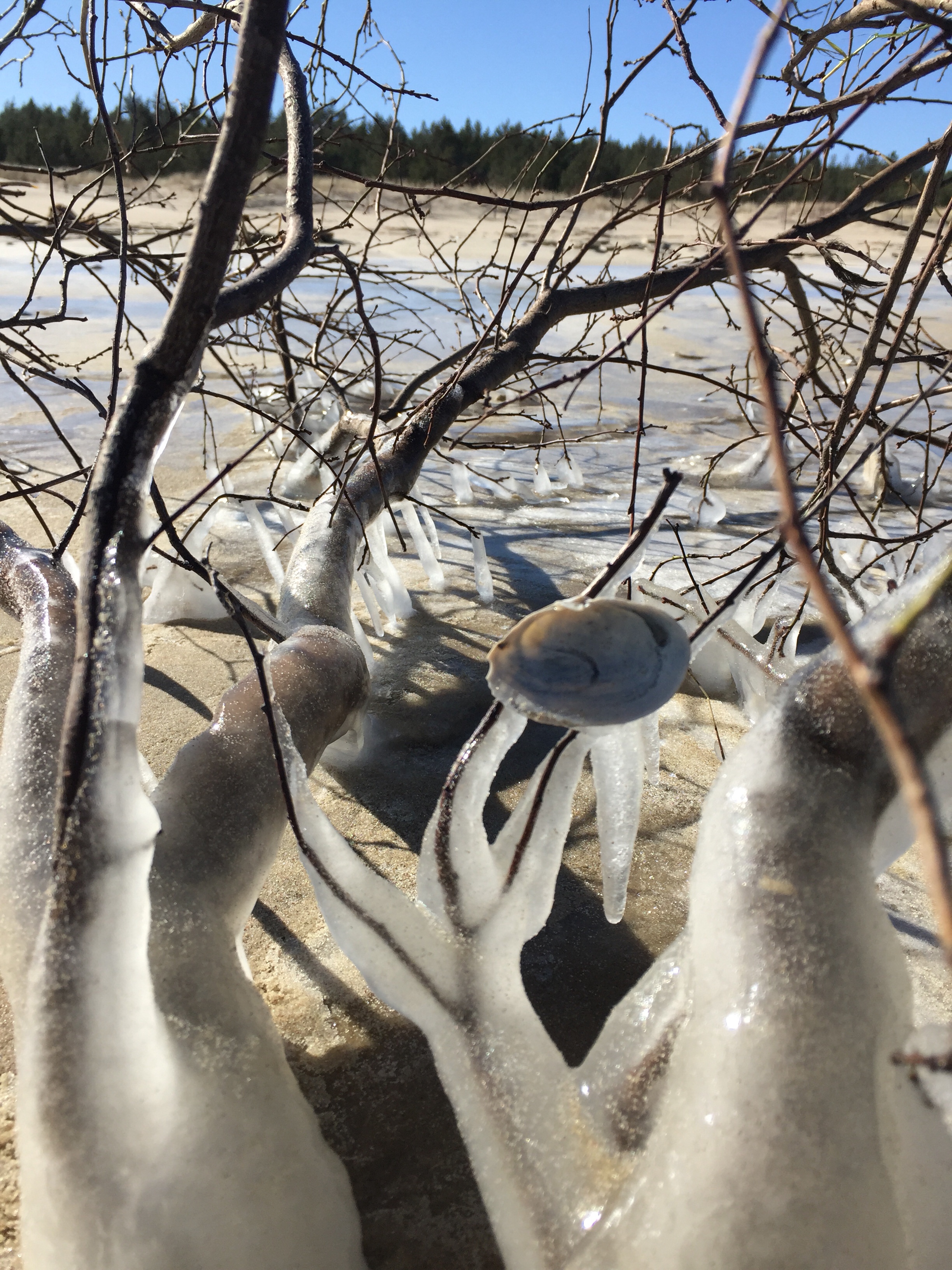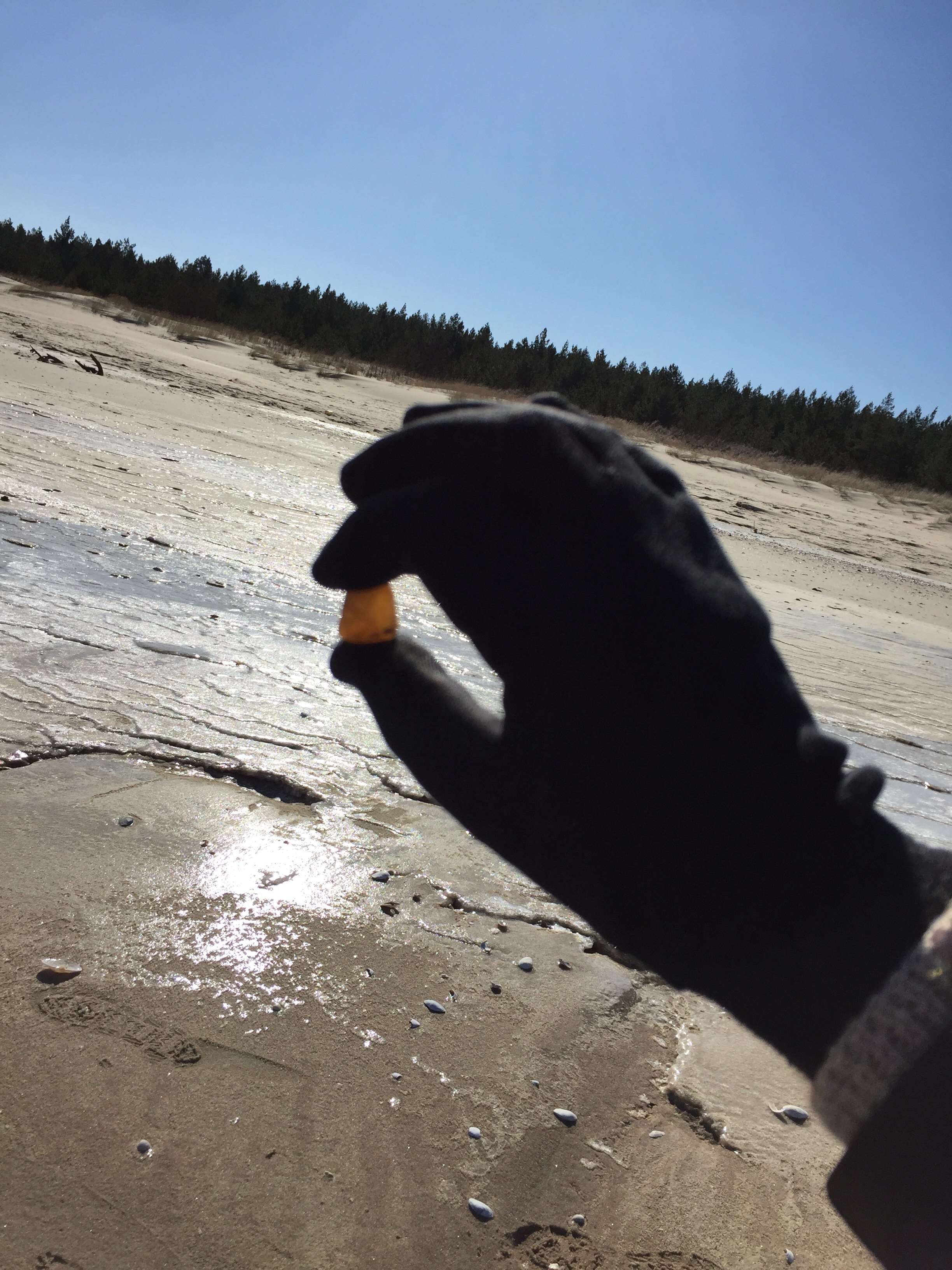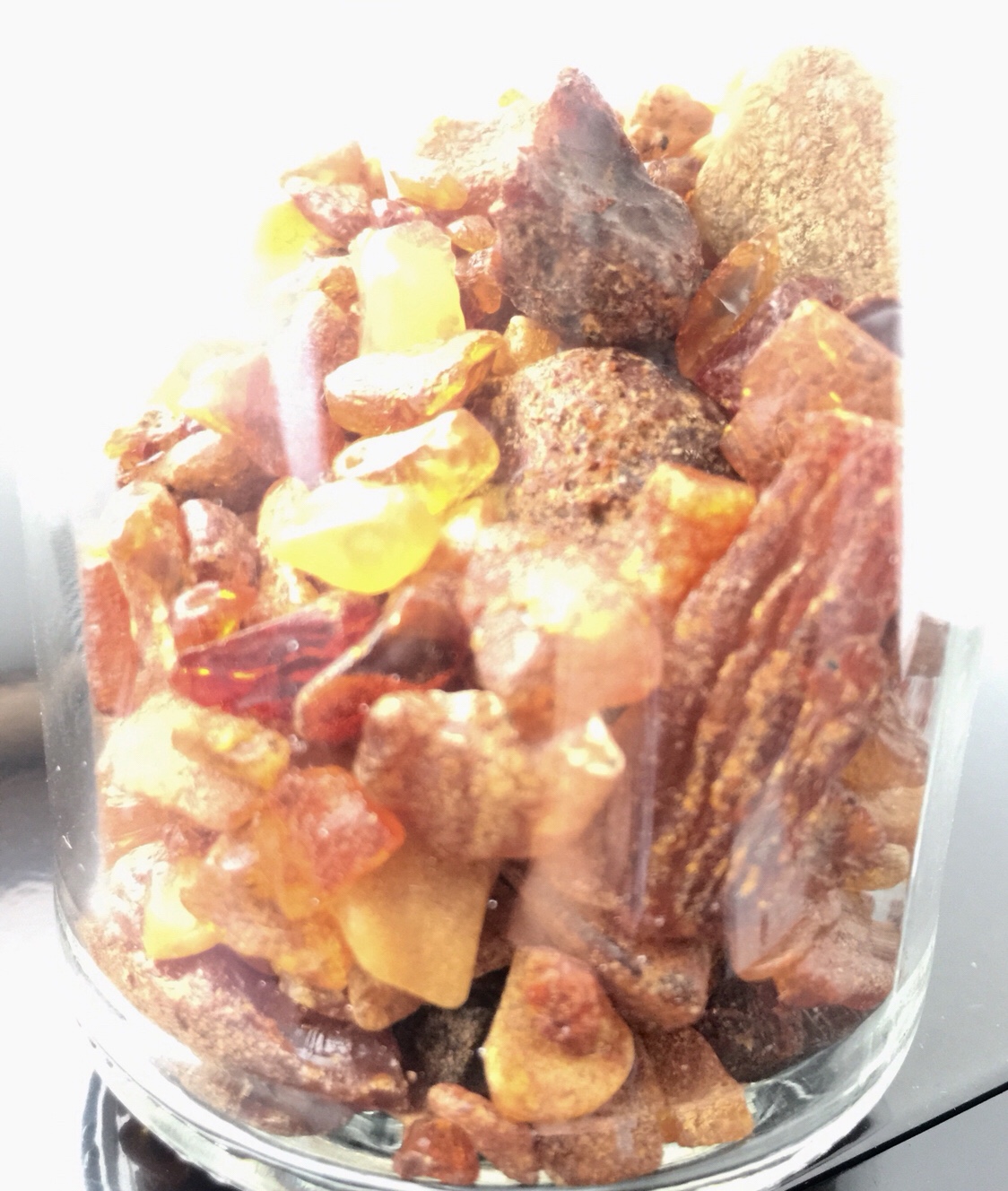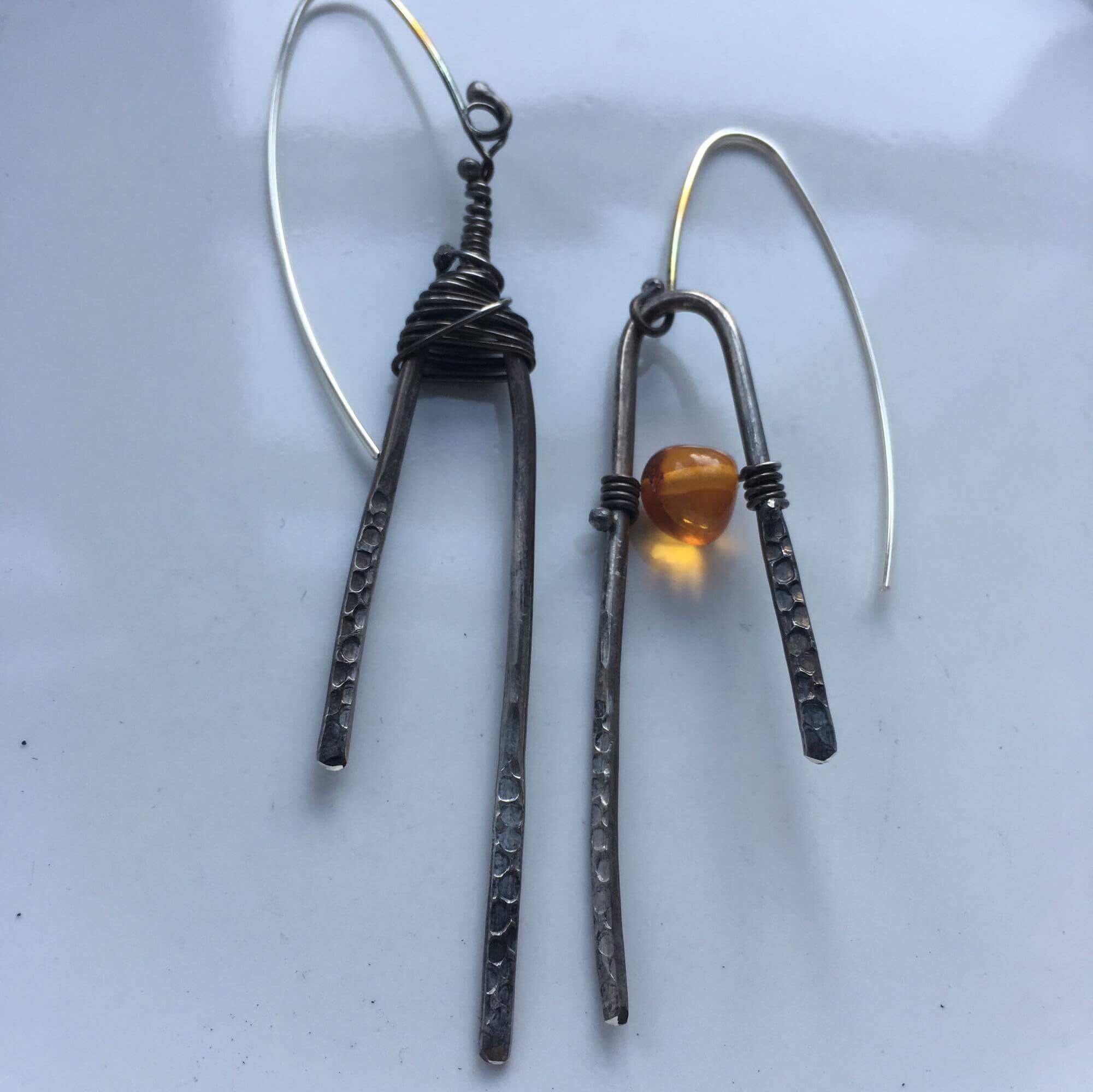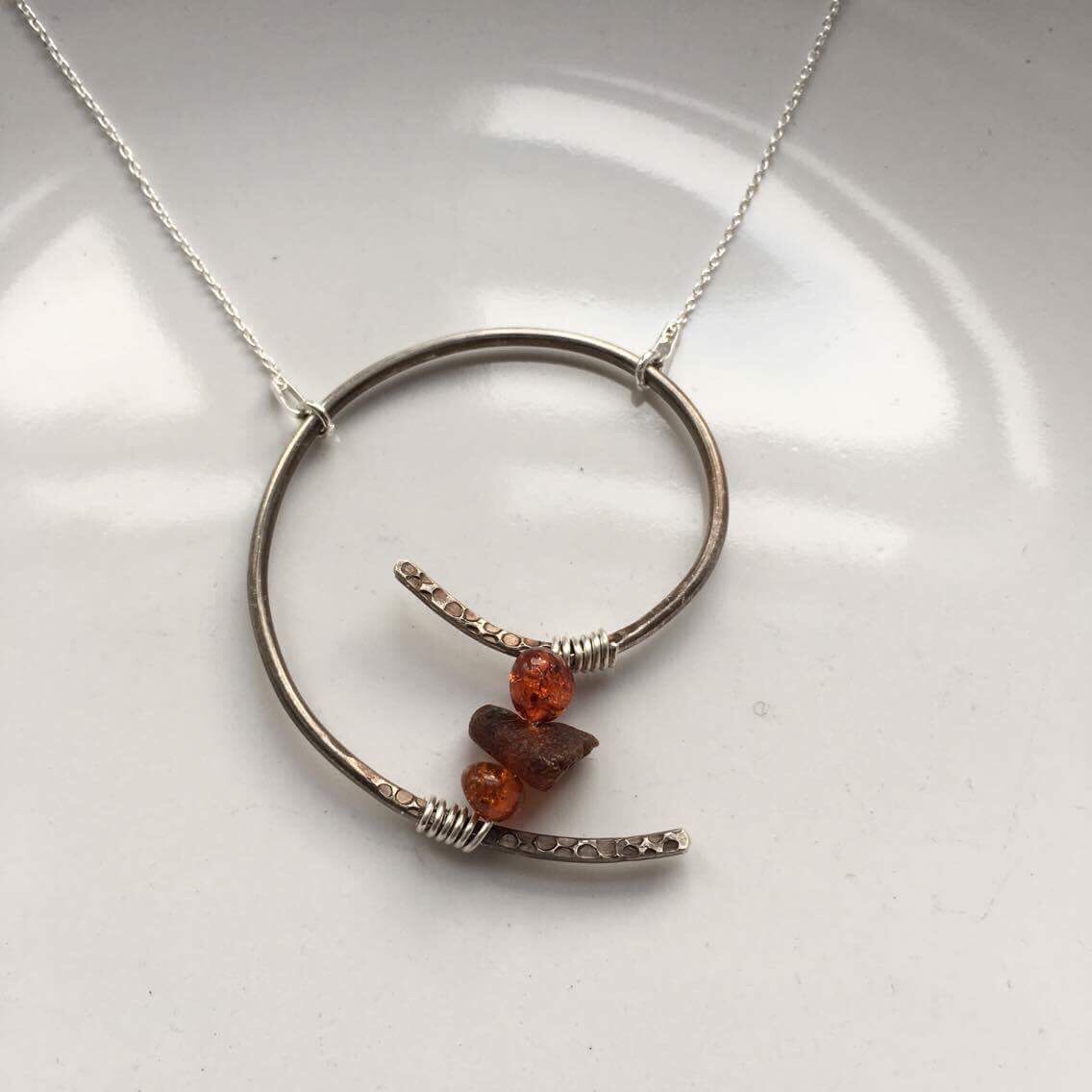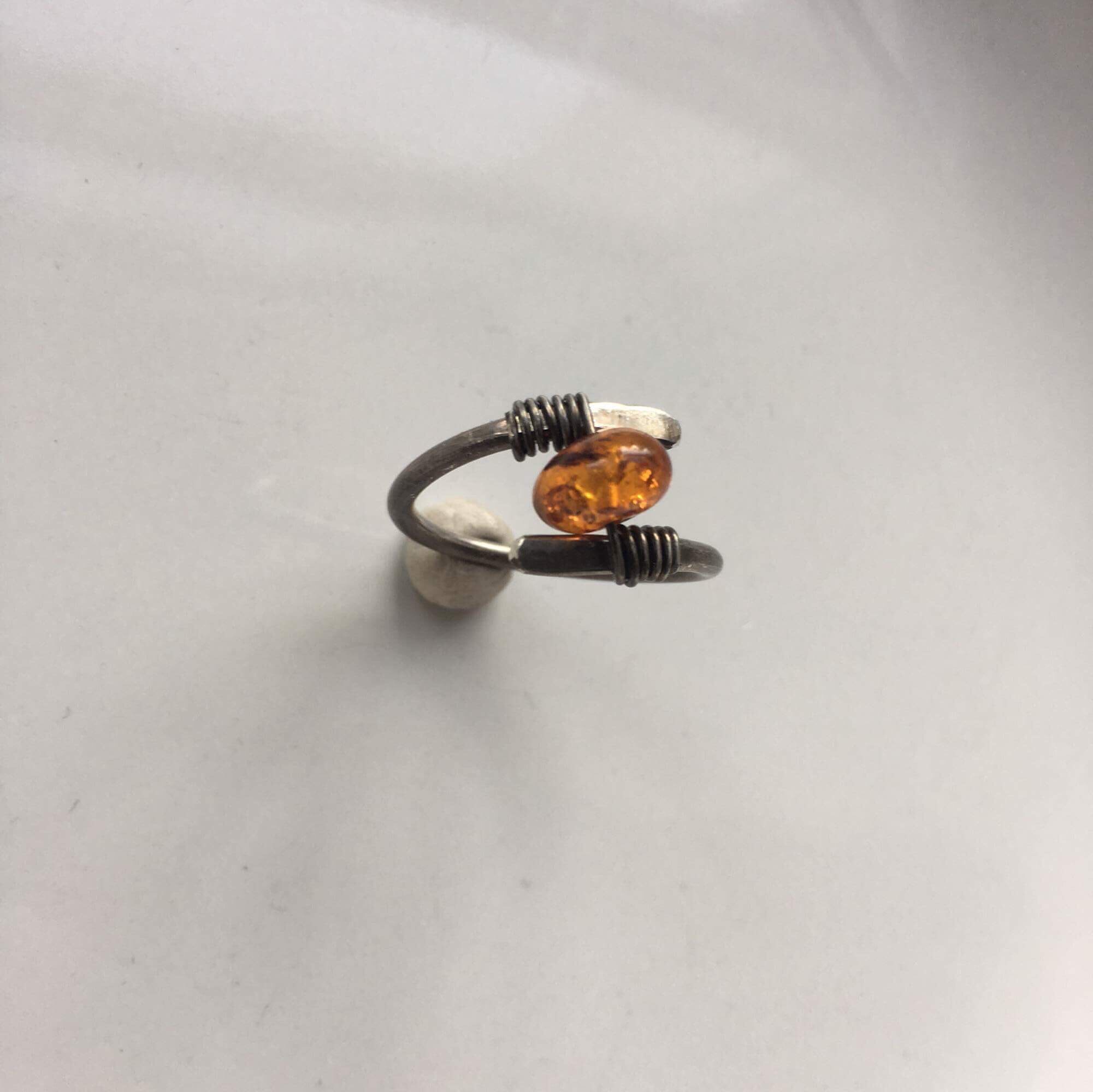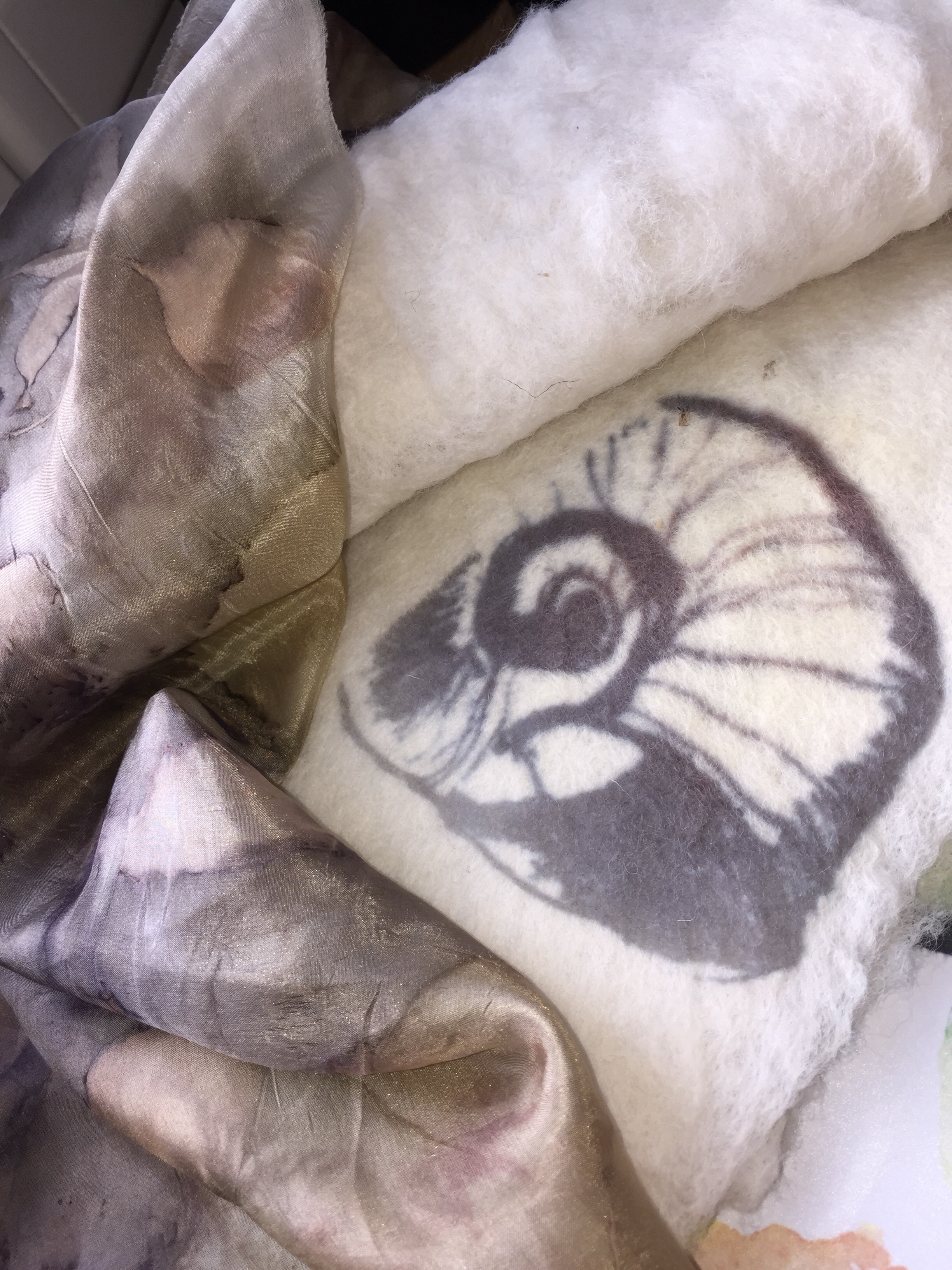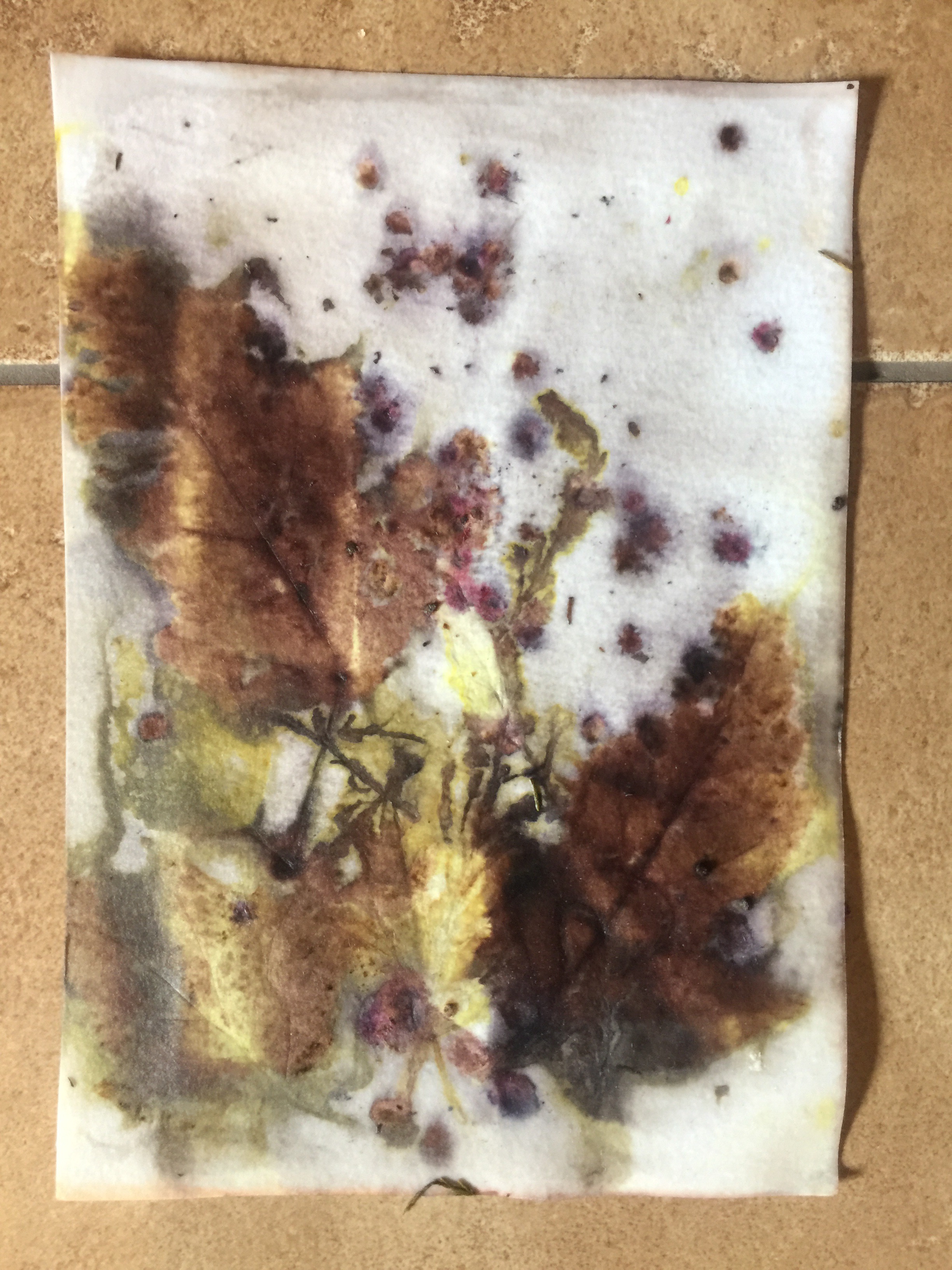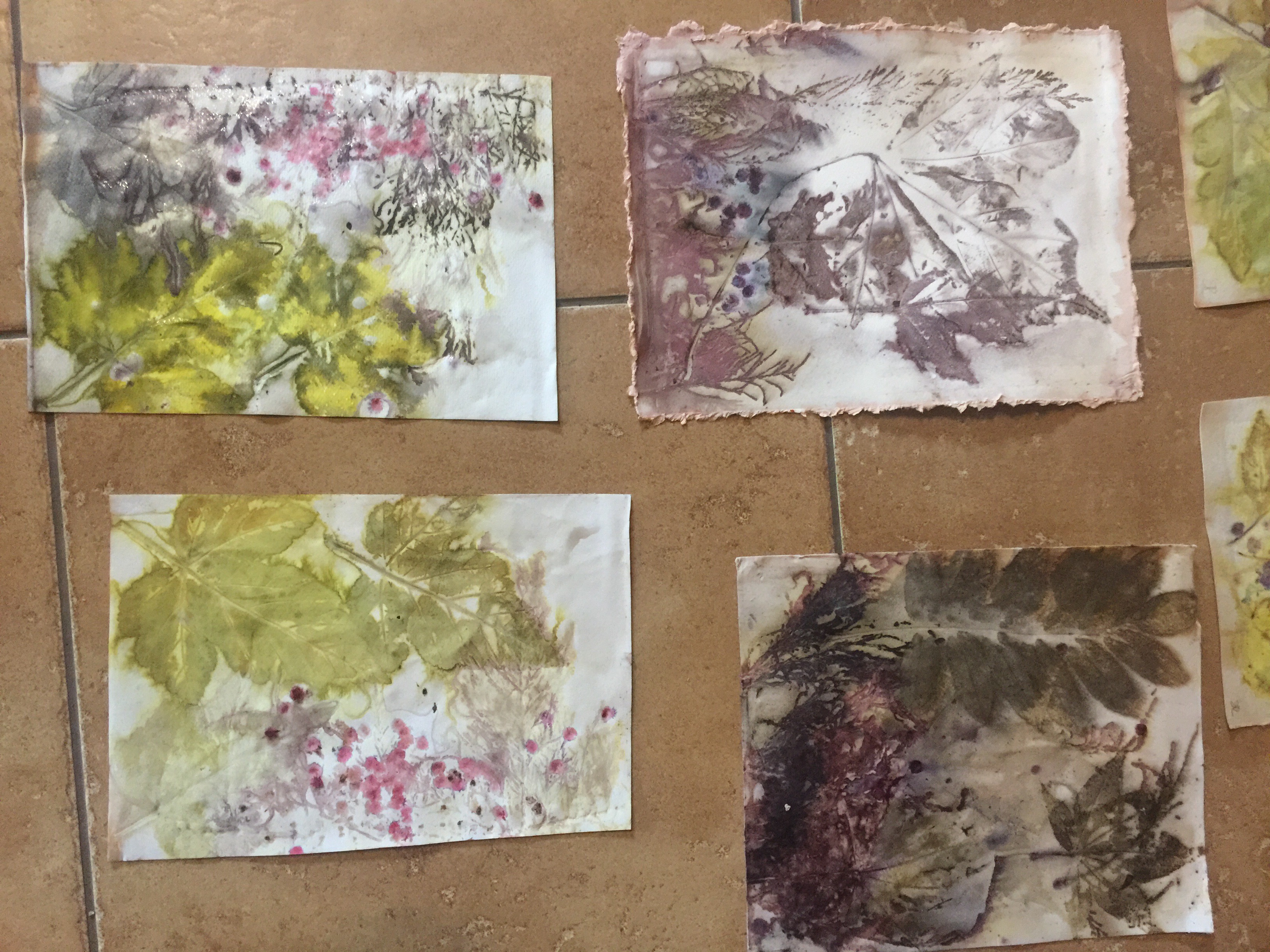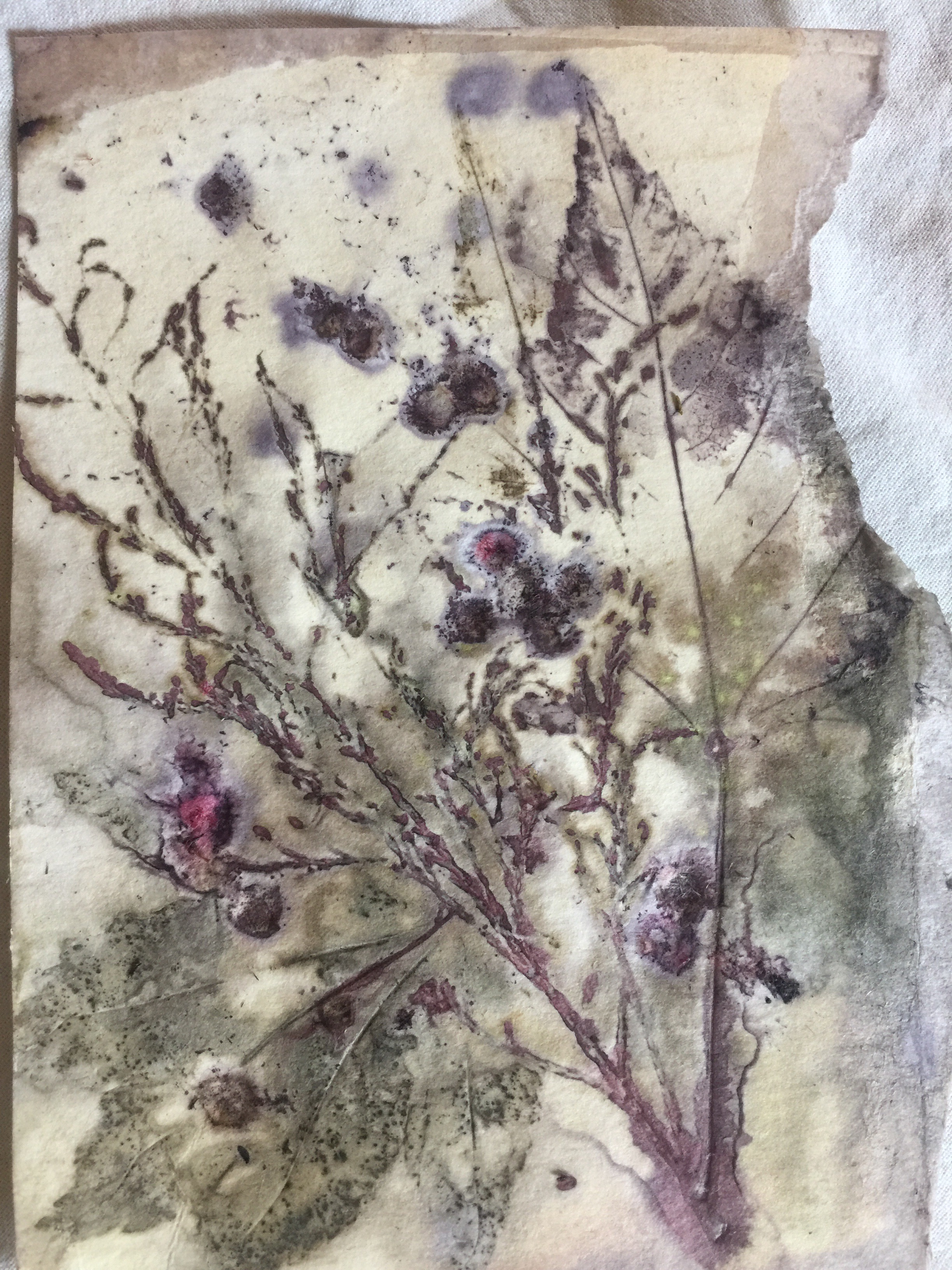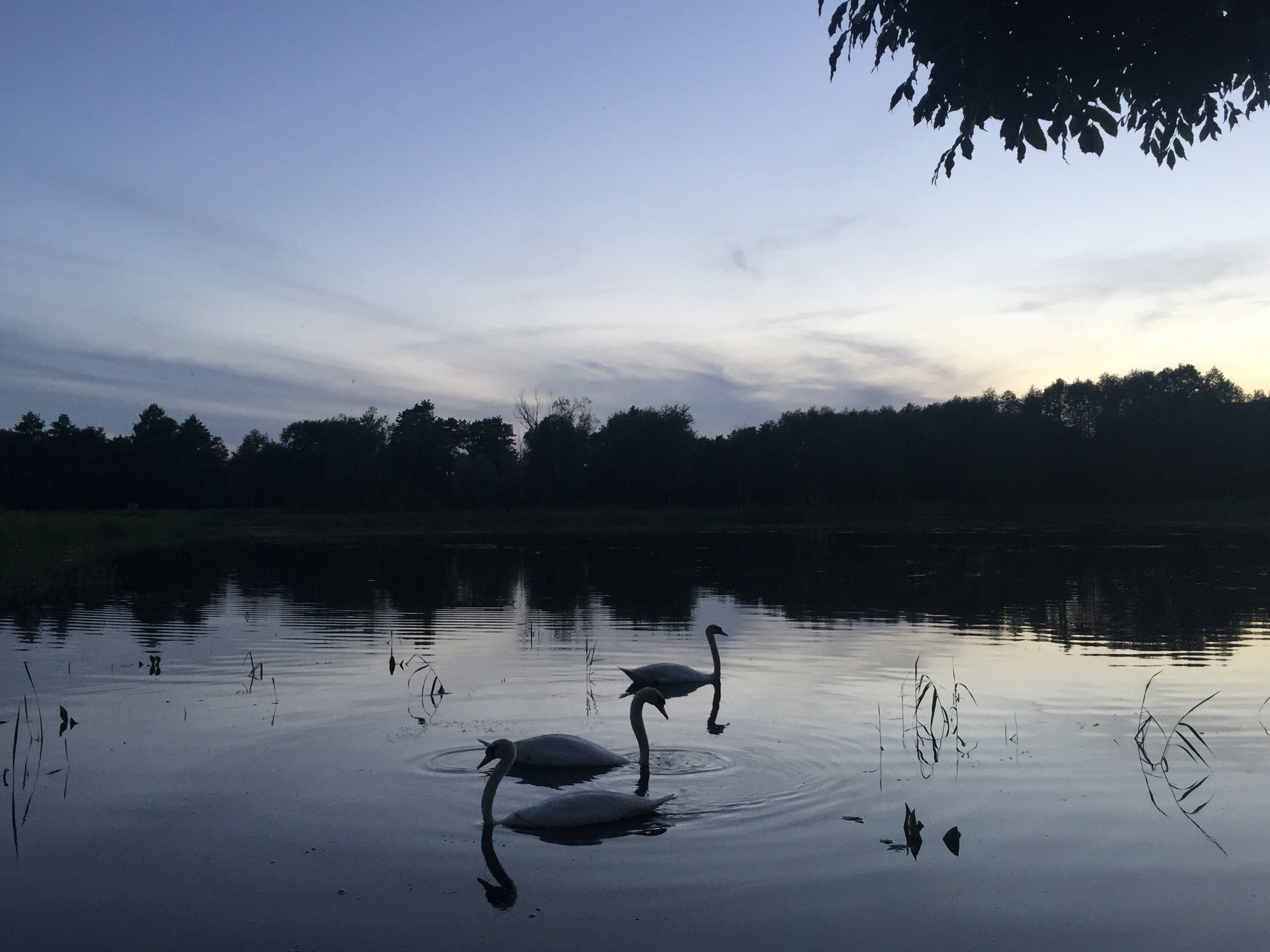
Nothing is eternal. Things are on a constant change. And yet, change is rather a disturbing concept for the mind. We prefer to imagine that things will be always happening the same way, will look the same way, or stay the same way. Every change comes unexpected most of the time. So does the change of seasons, regardless of the fact that it’s been anticipated.
In Autumn, when my dye garden ripens to perfection, when leaves are changing in color with every sunny day it is getting so easy for me to resonate with the Change. Watching trees shed leaves and reveal more and more of the blue sky above every day, realizing that with a blink of an eye all colorful foliage abundance will be gone and Nature will fall into dormancy somehow makes me non resistant to the whole concept of the impermanence. And at this time of the year involvement in a kind of a creative process that is connected with the shift of seasons and is possible only if you keep pace with the Change, turns you from an observer into co-creator. For me, this is when the Change from a disturbing concept becomes inspiring and motivating.
So, this year, to honor the harvest instead of stocking up windfall, as I would usually do, I have resumed my dye kitchen and started another Contact Dyeing project. I decided to follow the change of color in leaves and select botanical material for every piece I do choosing accordingly from the red ripe leaves as they appear.

At sunny weather I am starting my day with a quick inspection of plants from the nearby park and my garden. I come back with my botanical material selection of the day and start dyeing studio activities right away. As the process goes through the whole day I’ve got plenty of time to reflect on my next composition thinking about fiber type of fabrics I am going to use, way to introduce mordants into the process, and in which order I want to fulfill stages of the contact dyeing process. In general natural dyeing process cannot be accelerated and you just got to comply with this tempo. Going through the day in such an unhurried pace calms down mind and clears up thoughts.
This season first to go into my dyeing kitchen have been foliage of catalpa, maple, tamarisk, smoke bush, sophora, sumac, and peony leaves which I deliberately didn’t cut off after peonies bloomed.
I also feel so grateful and delighted when I can turn ordinary leaves into incredible instruments to create unique designs on textiles.
The more you create the more inspiration you get and your soul feels up with pure joy you want to share and spread – One of those ordinary things that prevents the lightness of being from becoming unbearable.









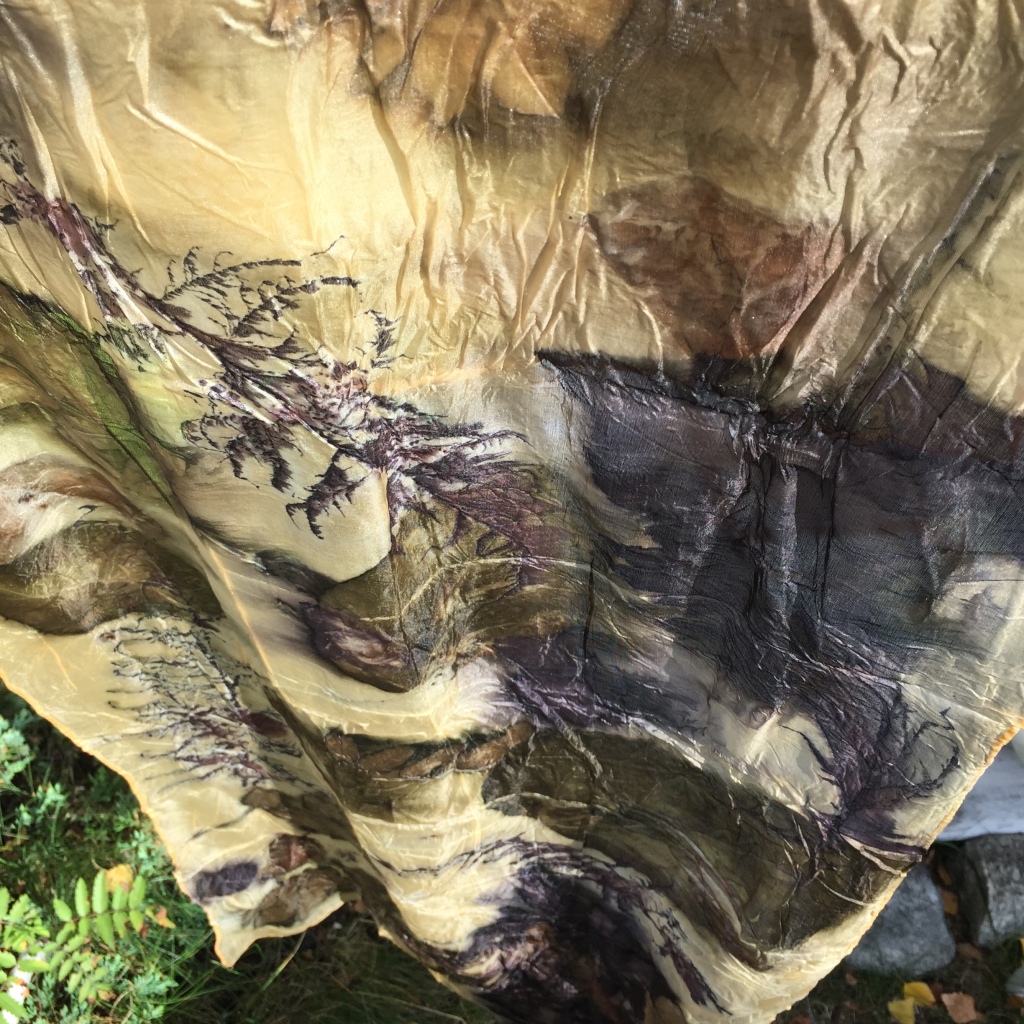
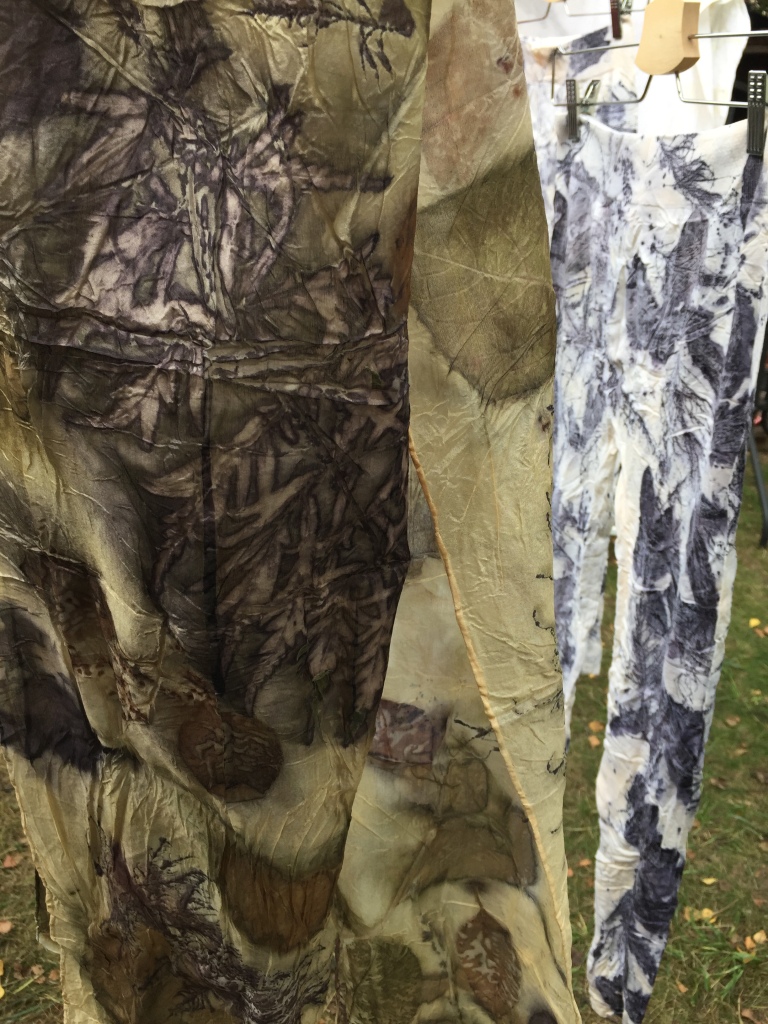

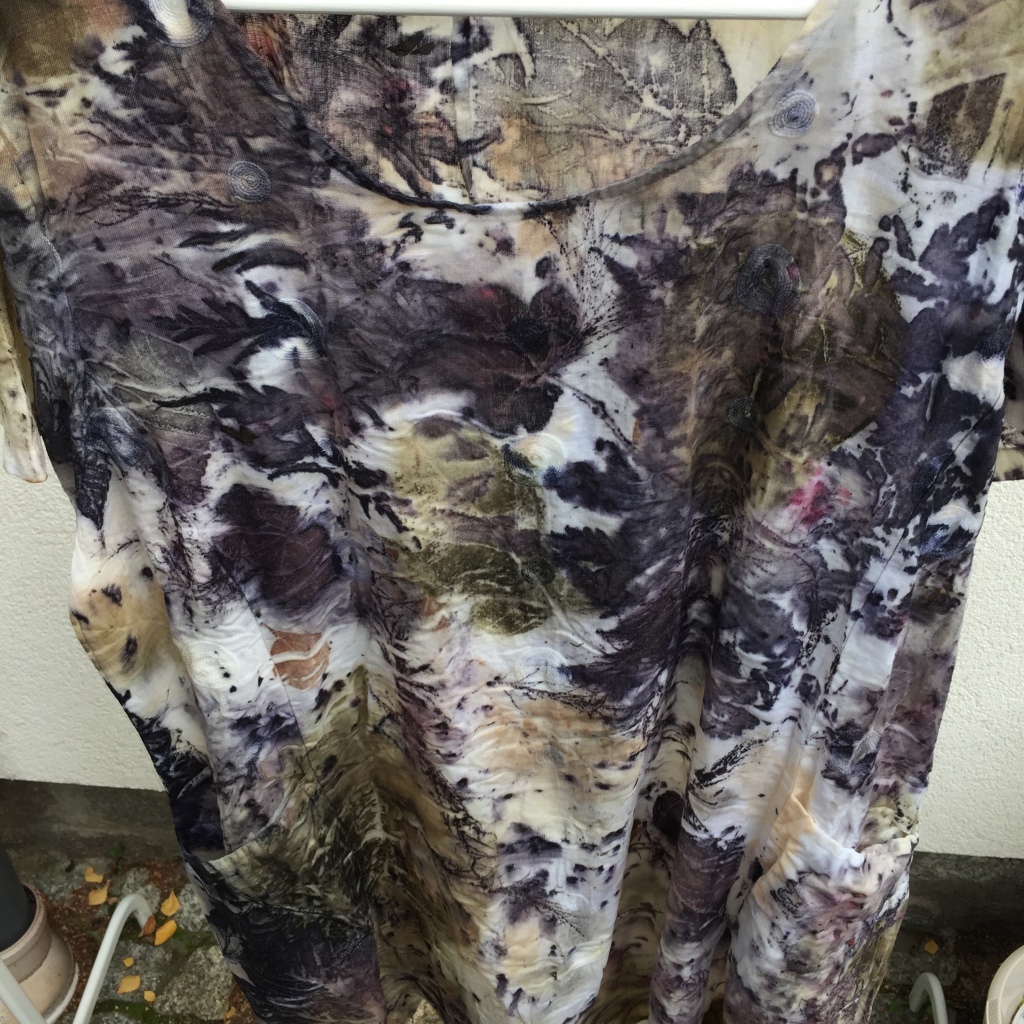
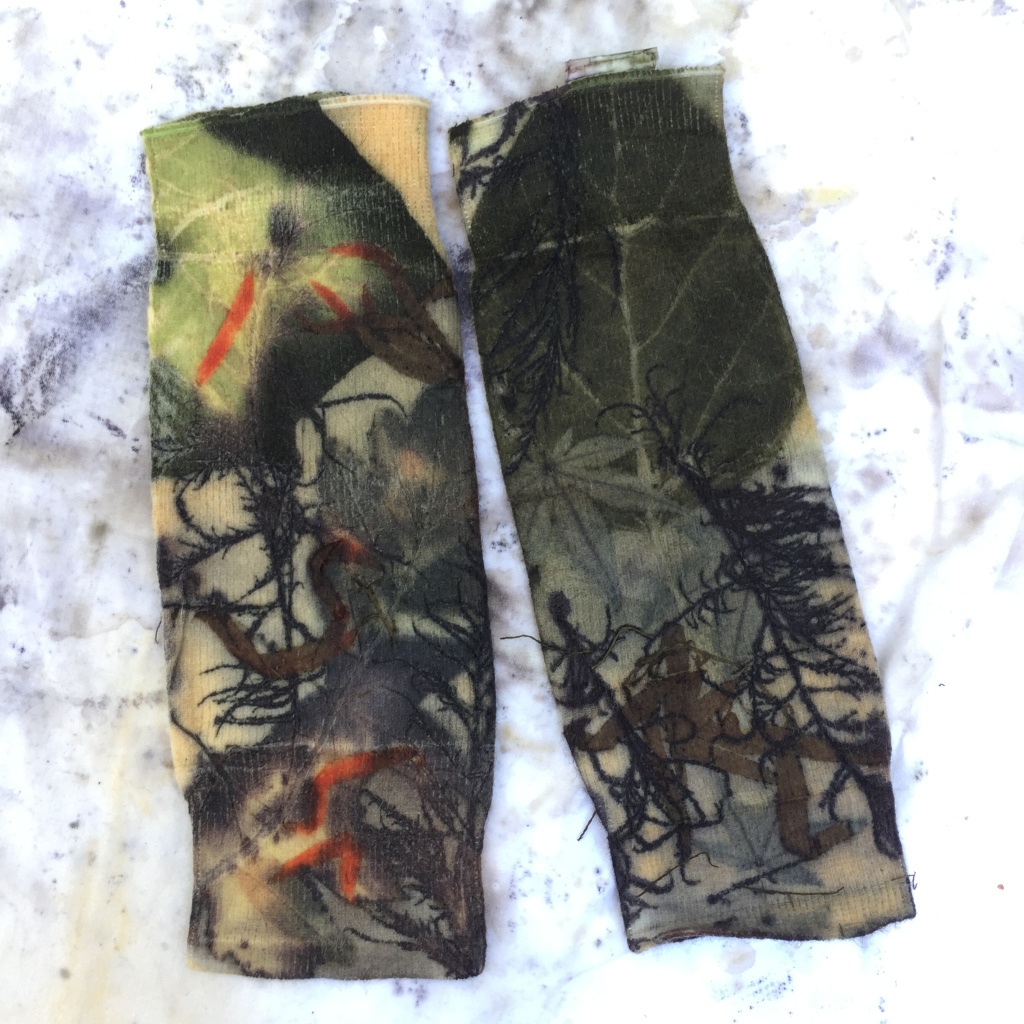
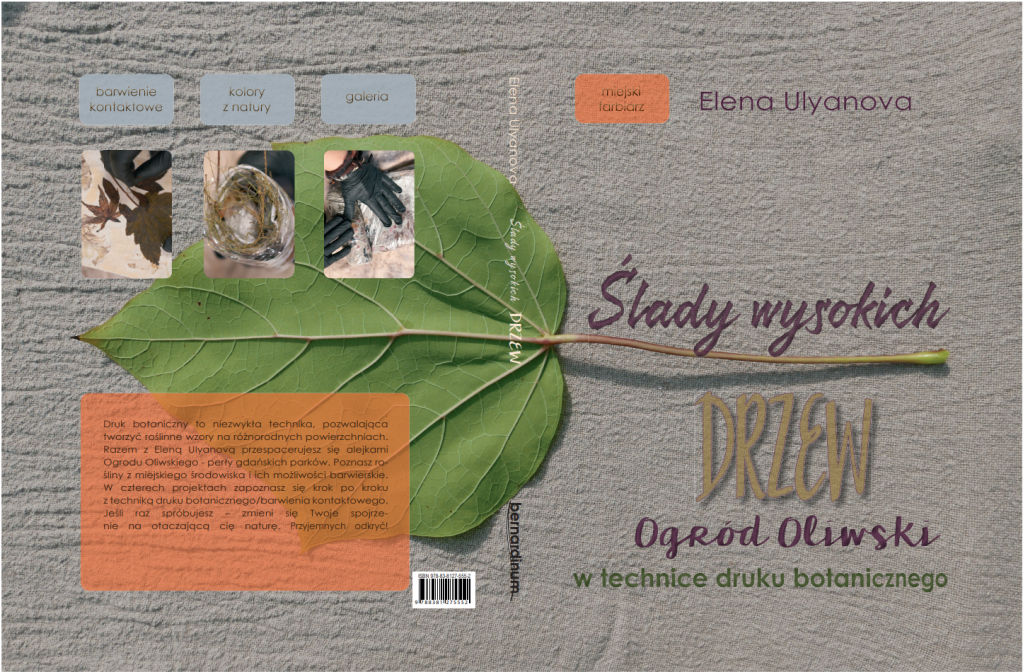
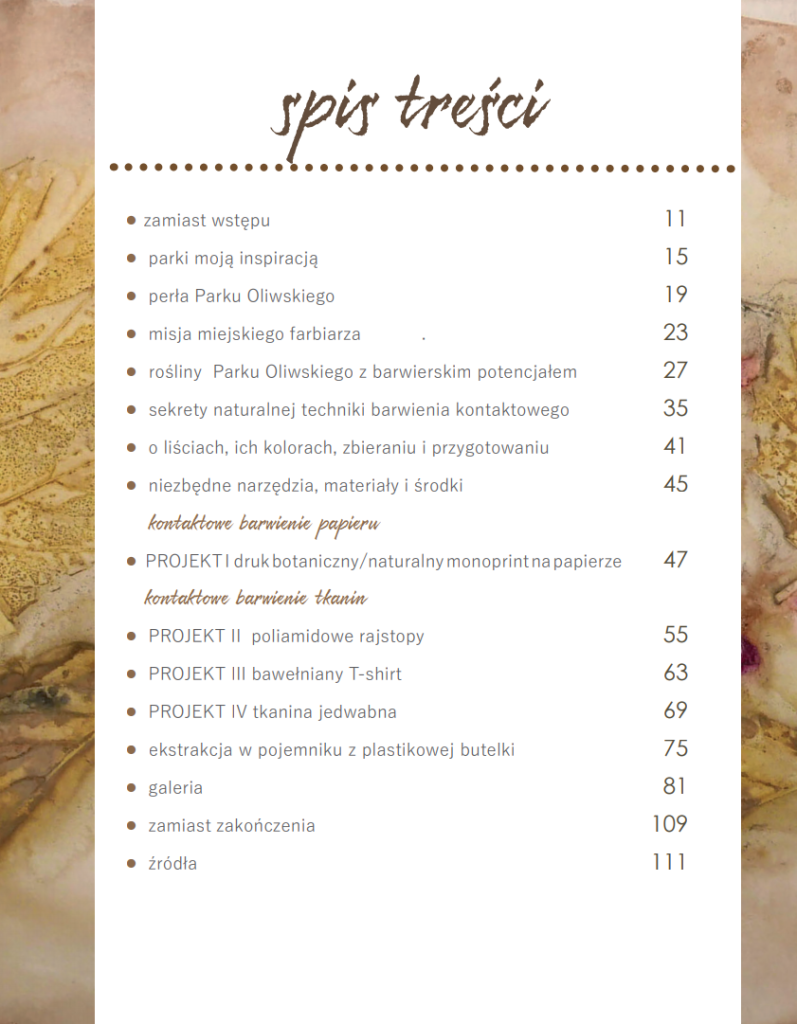
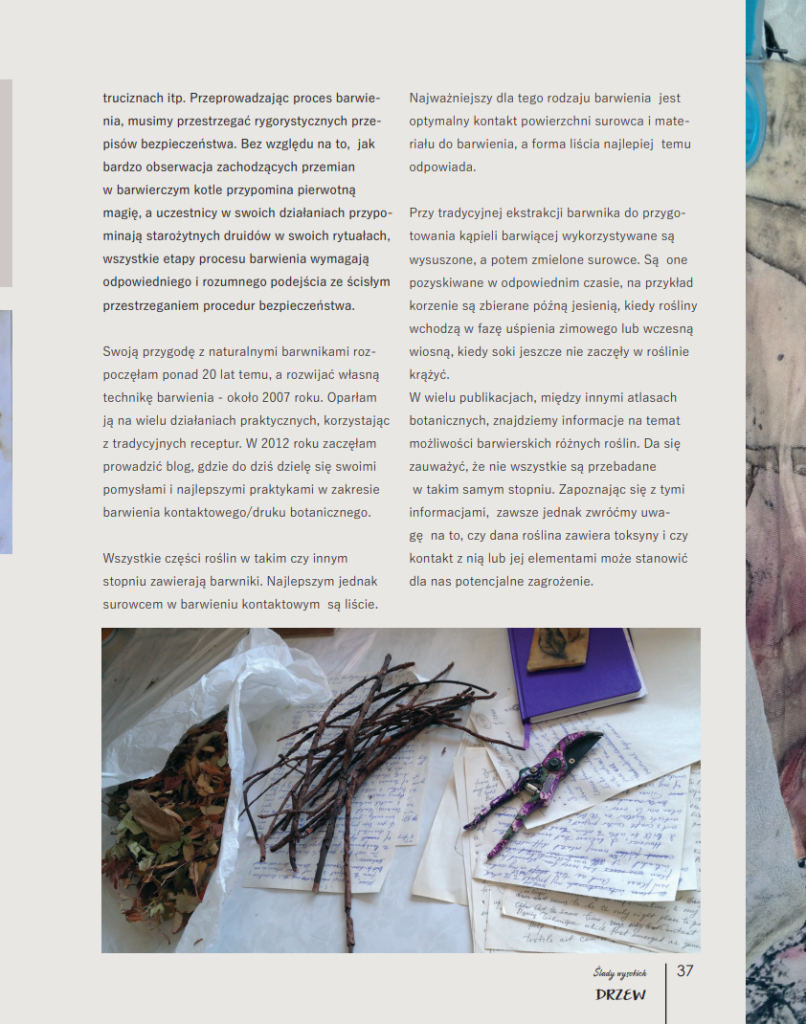
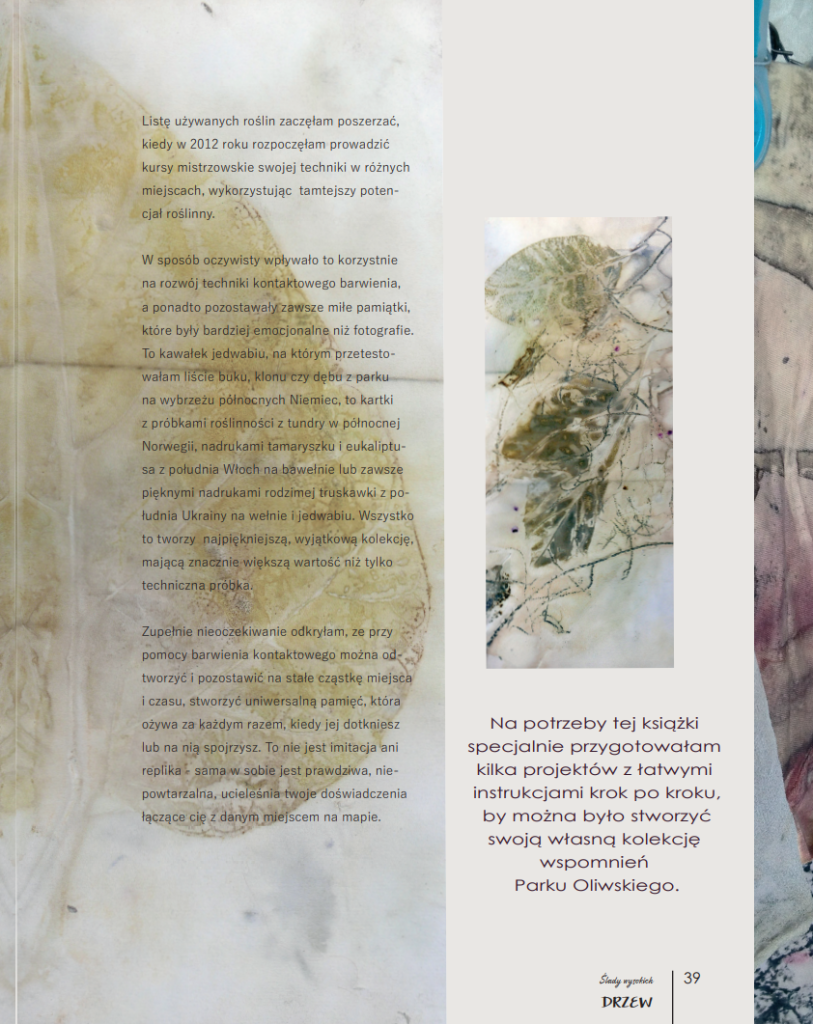


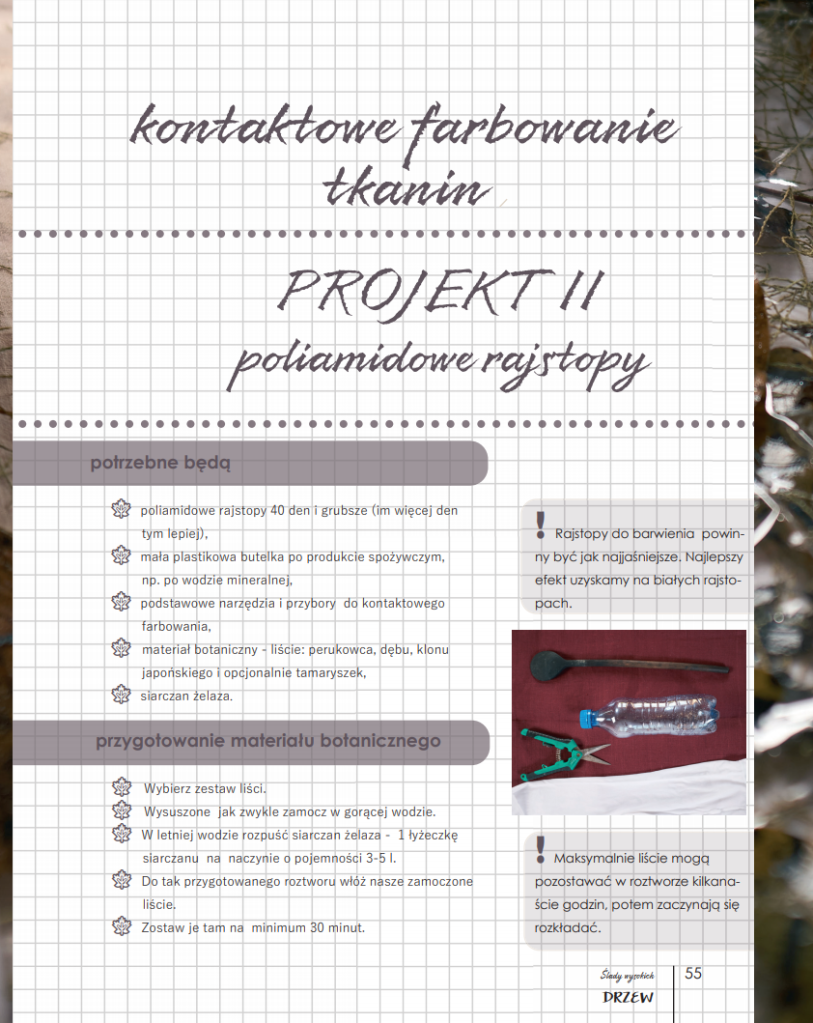

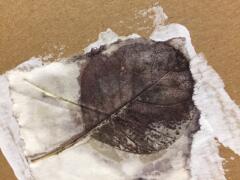




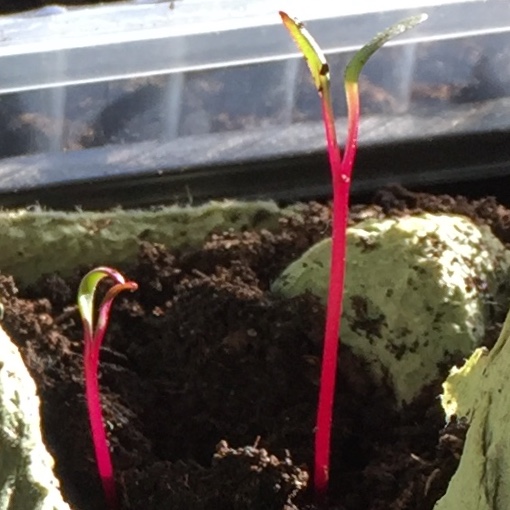








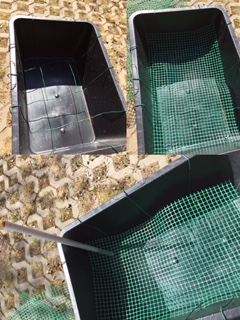
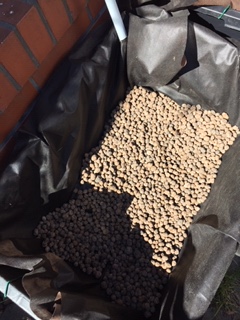





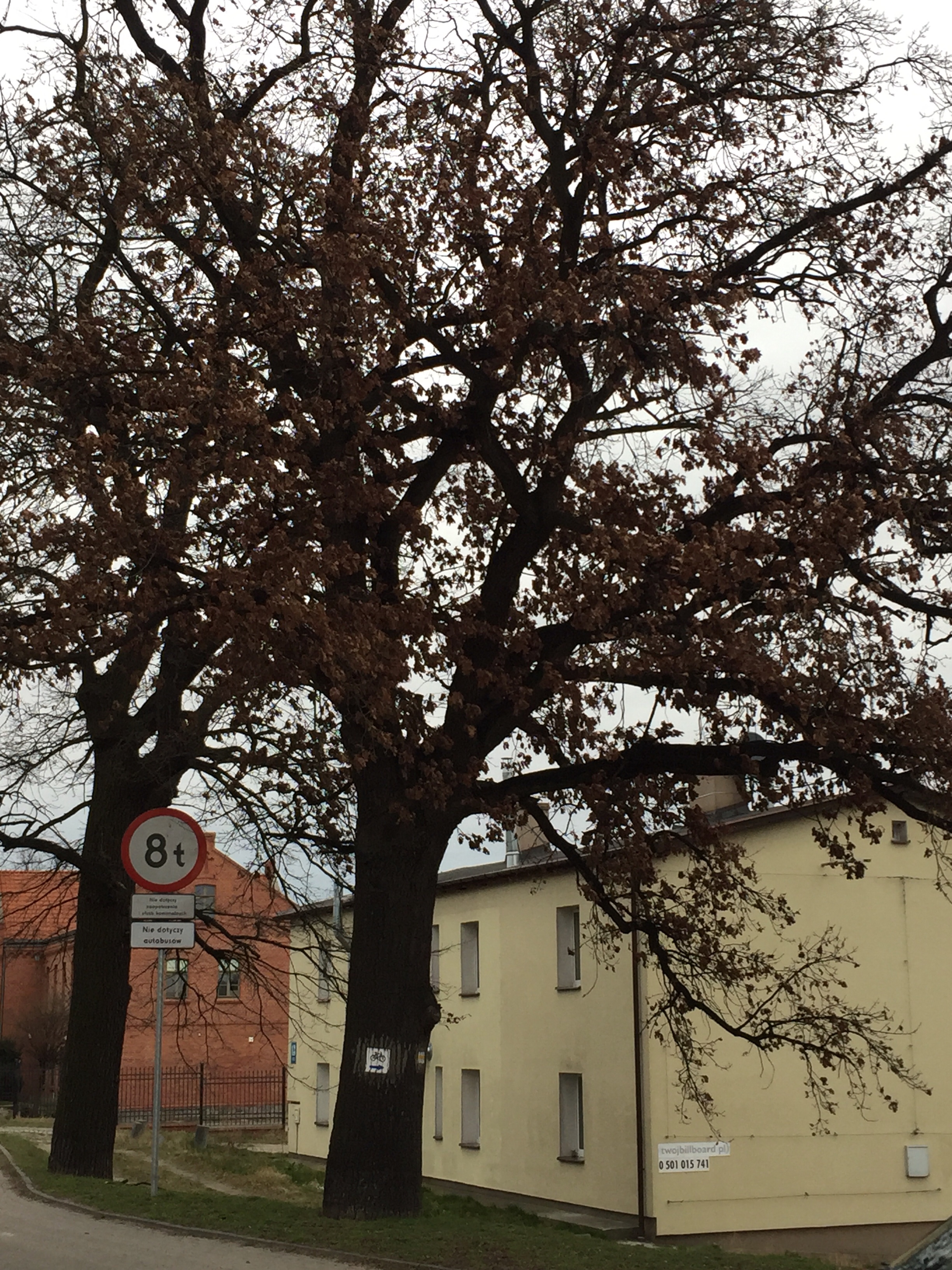

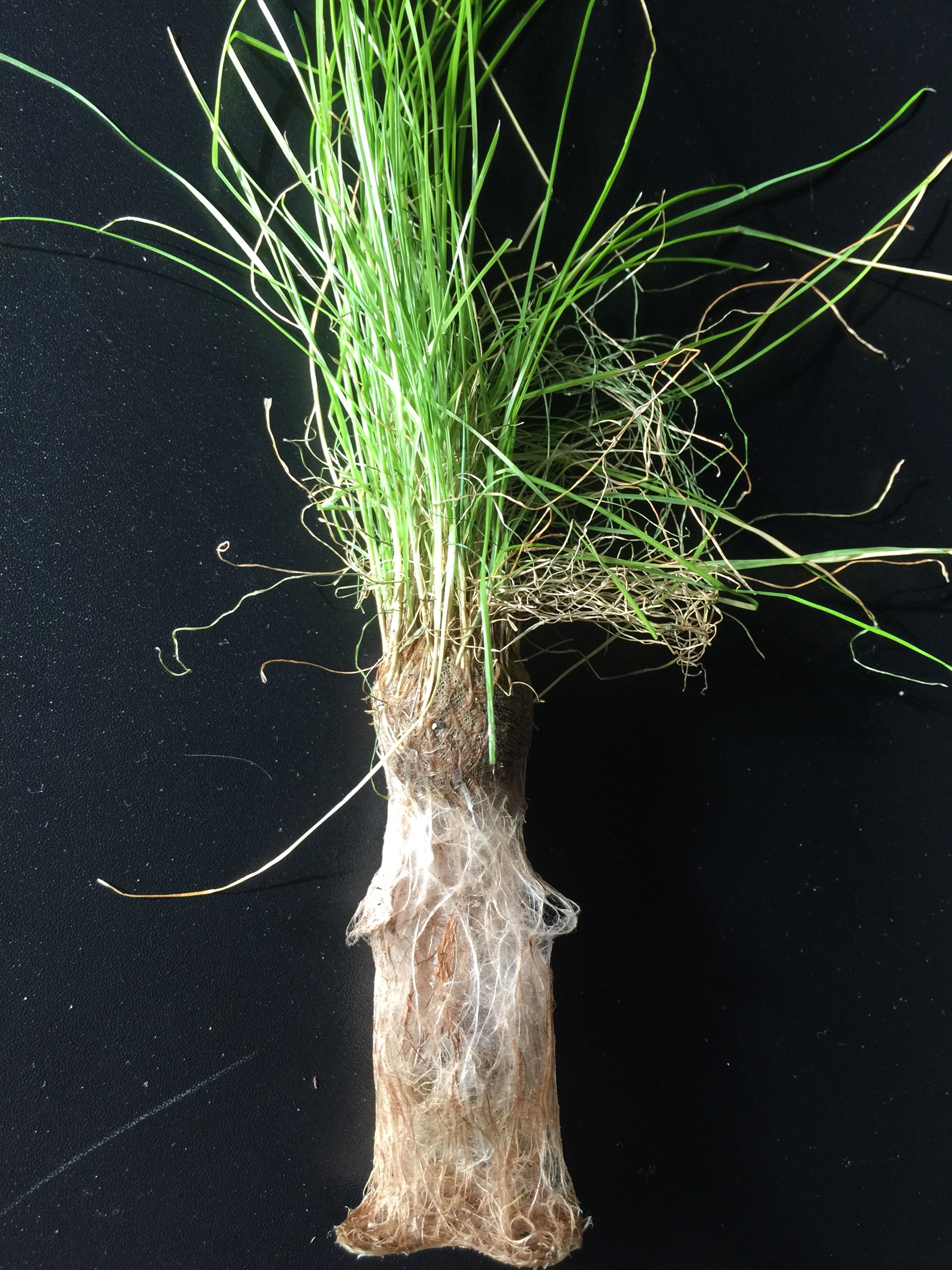
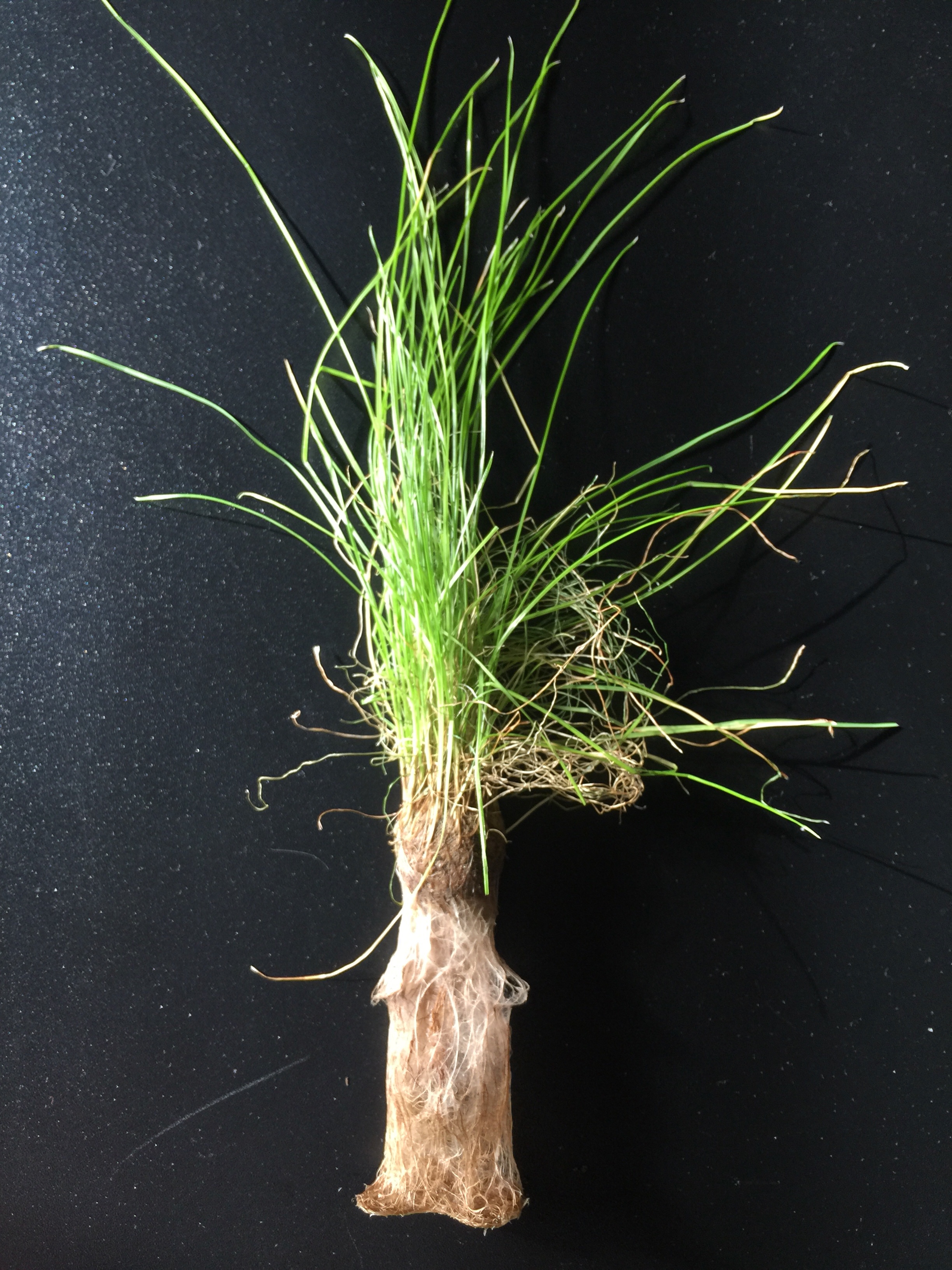
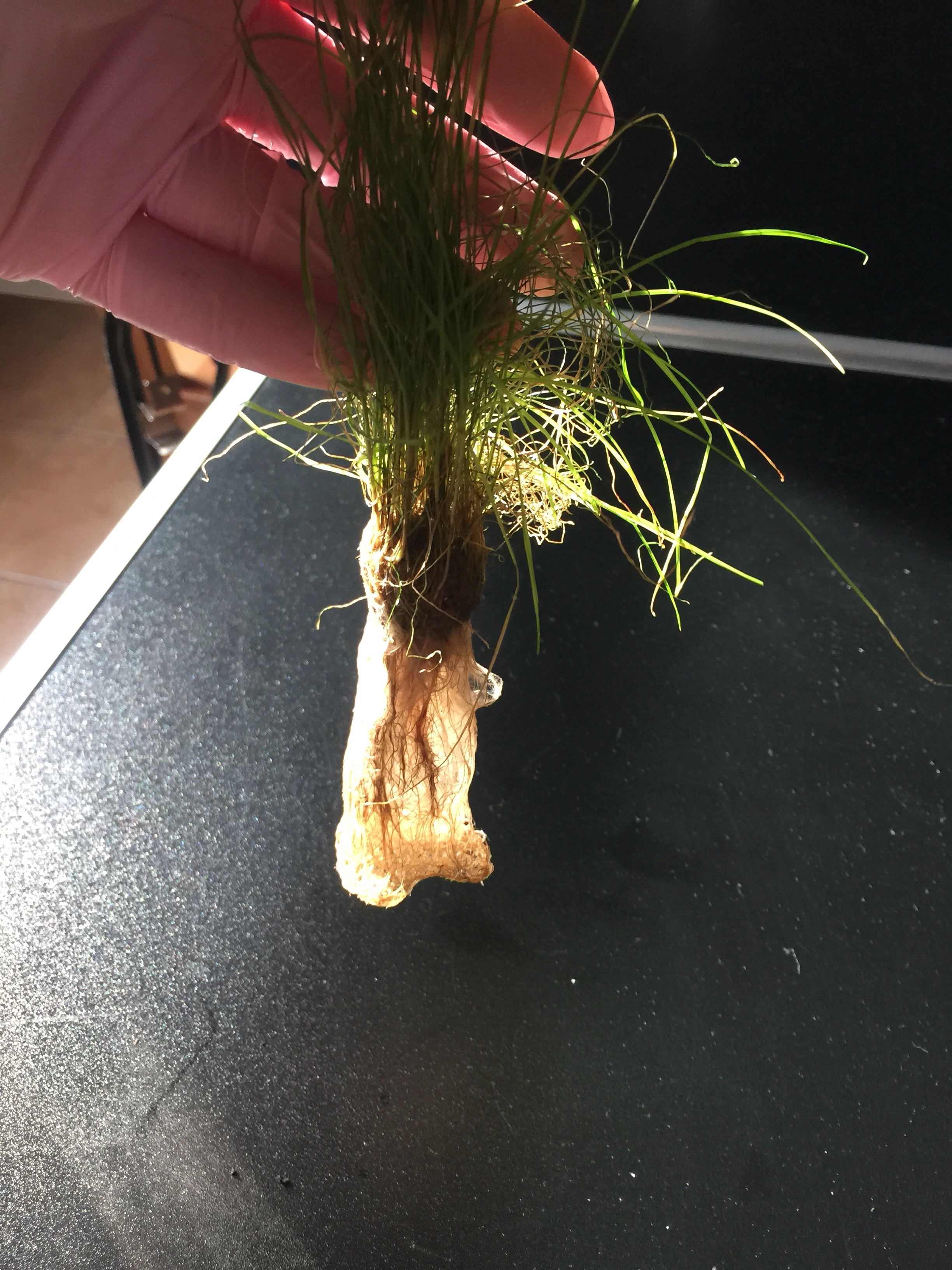
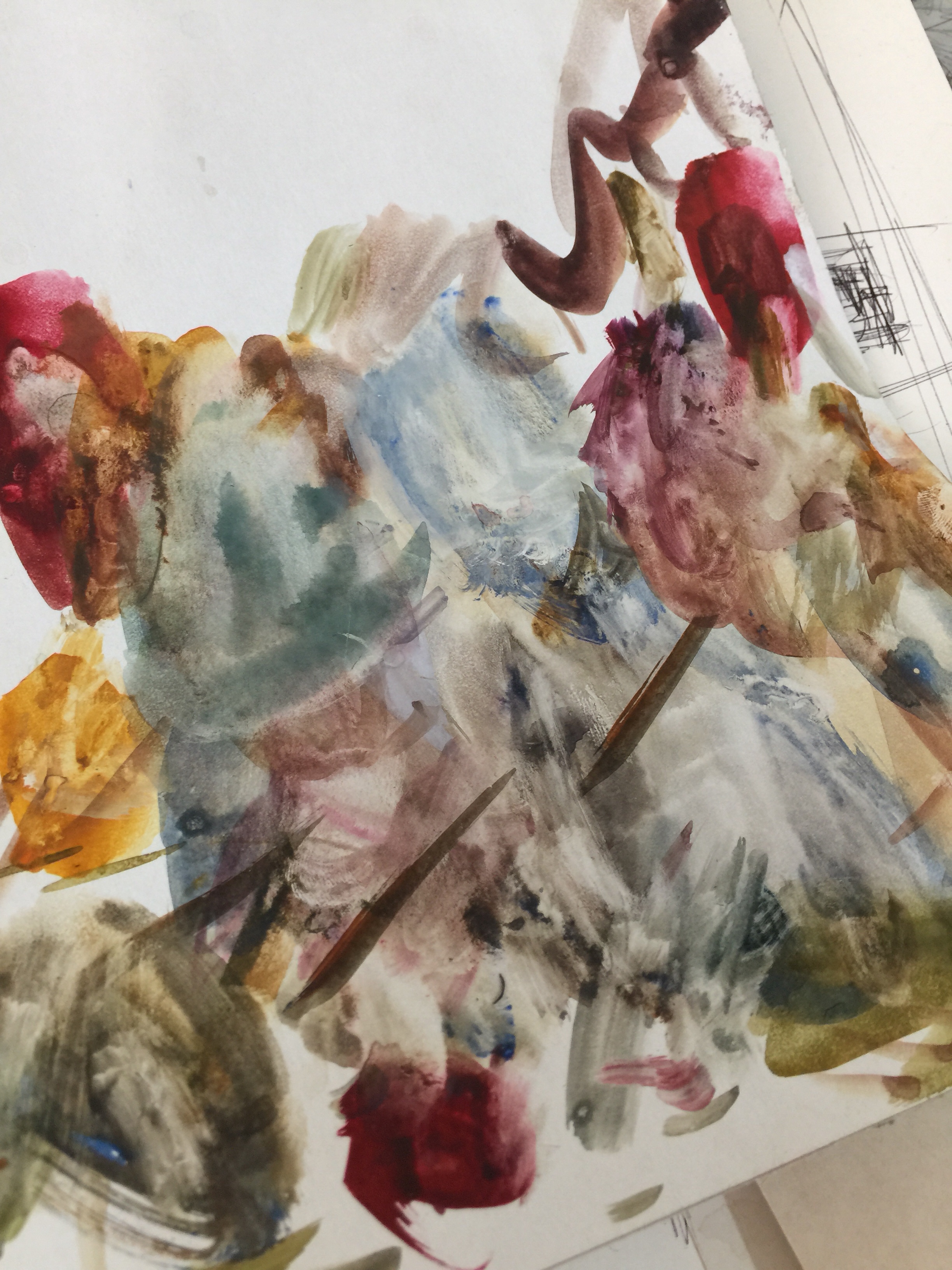



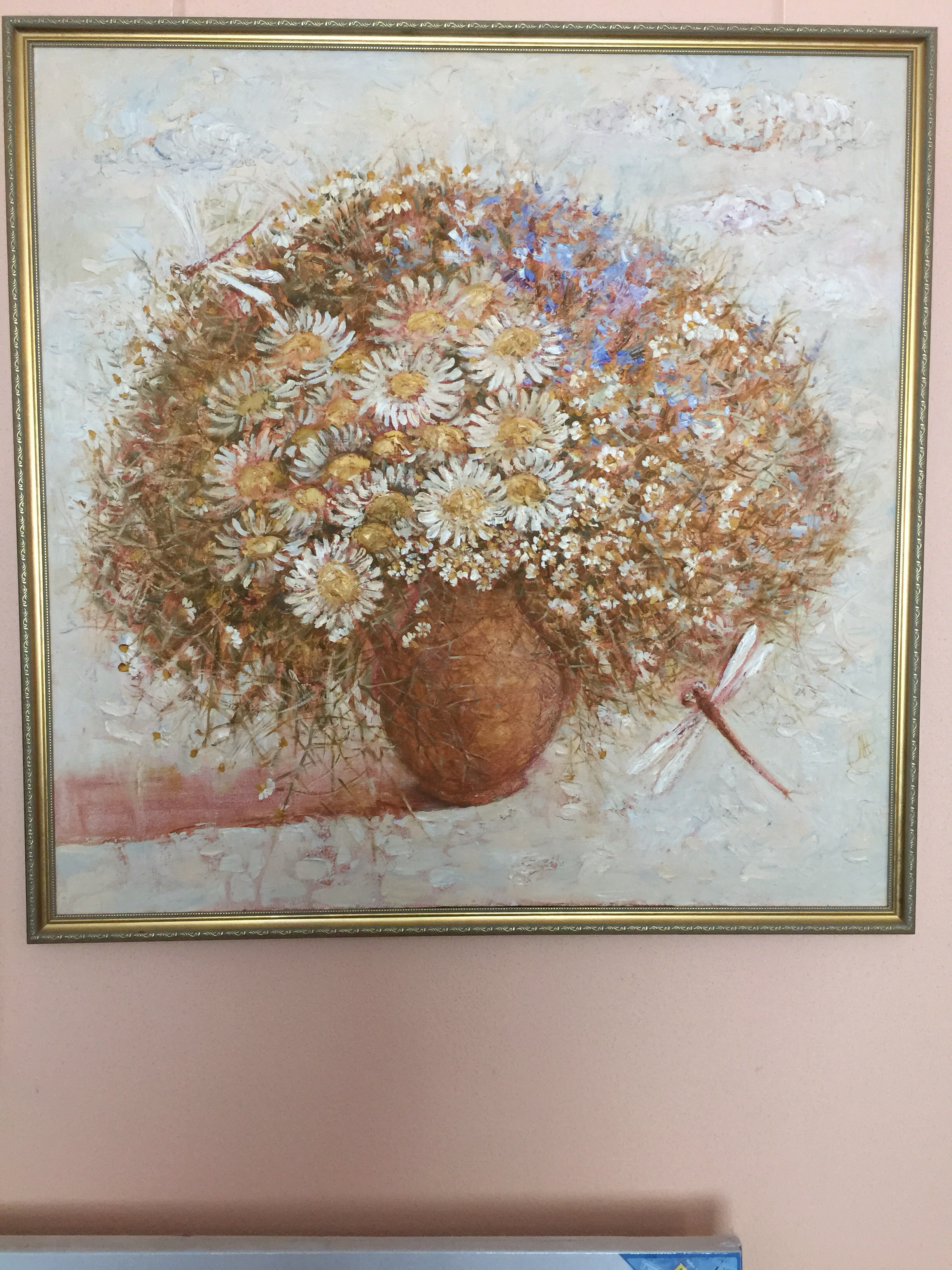









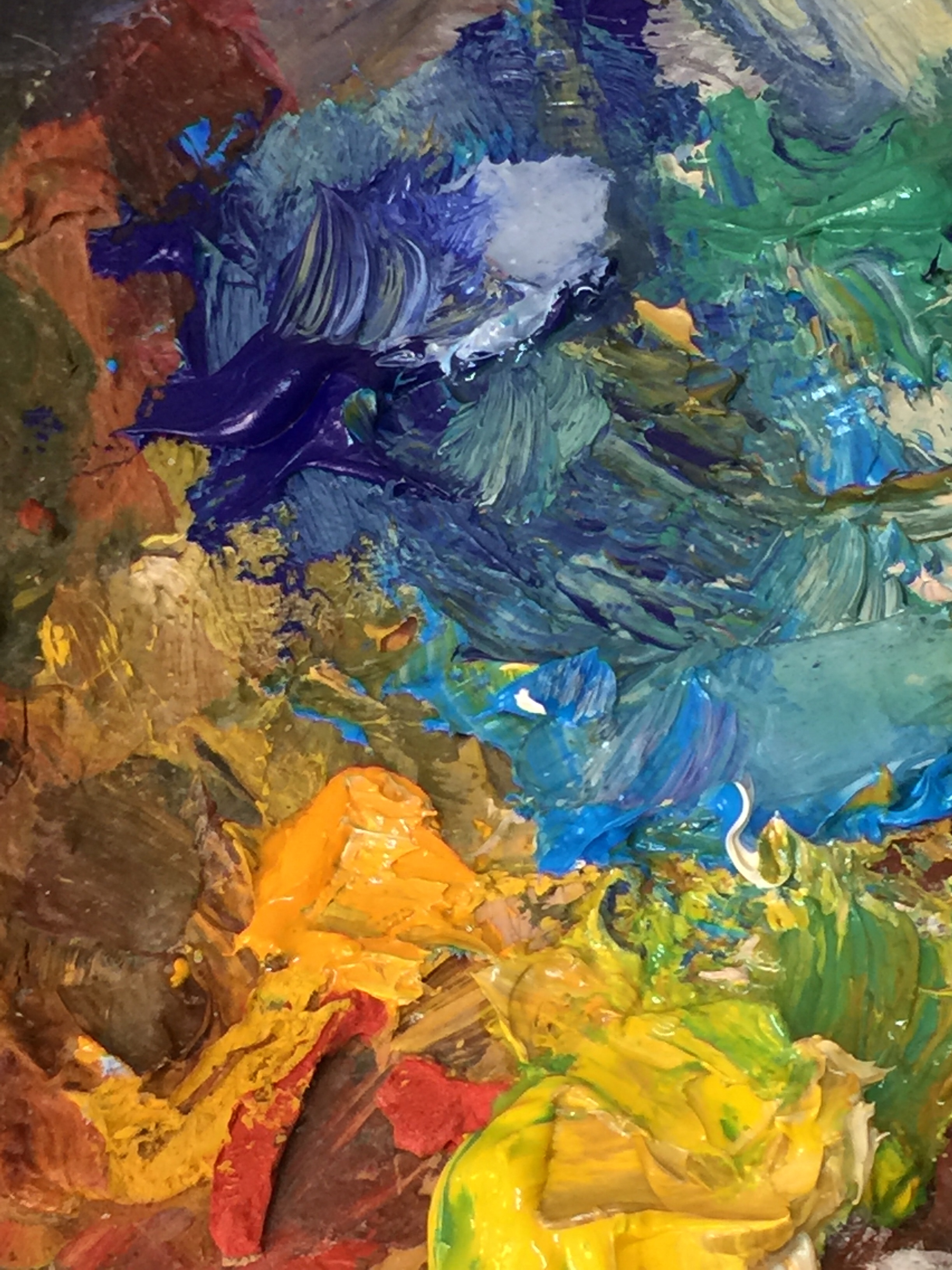

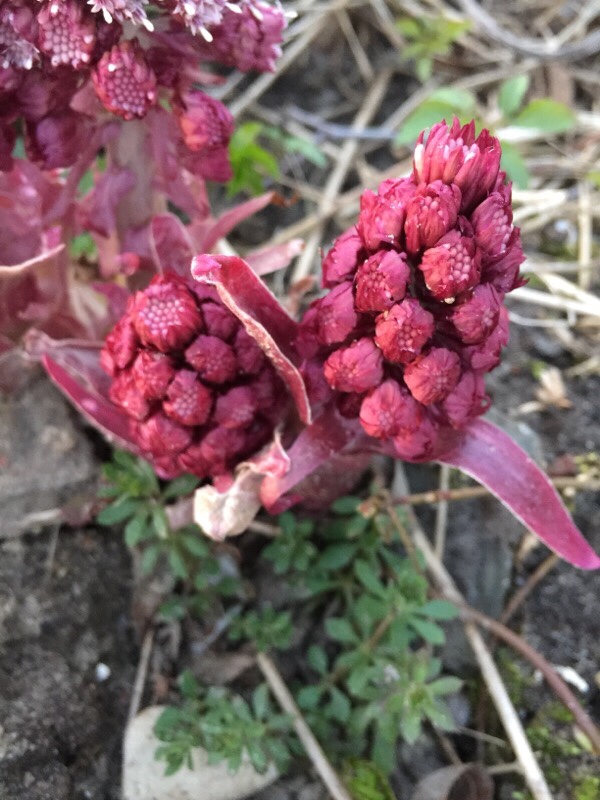

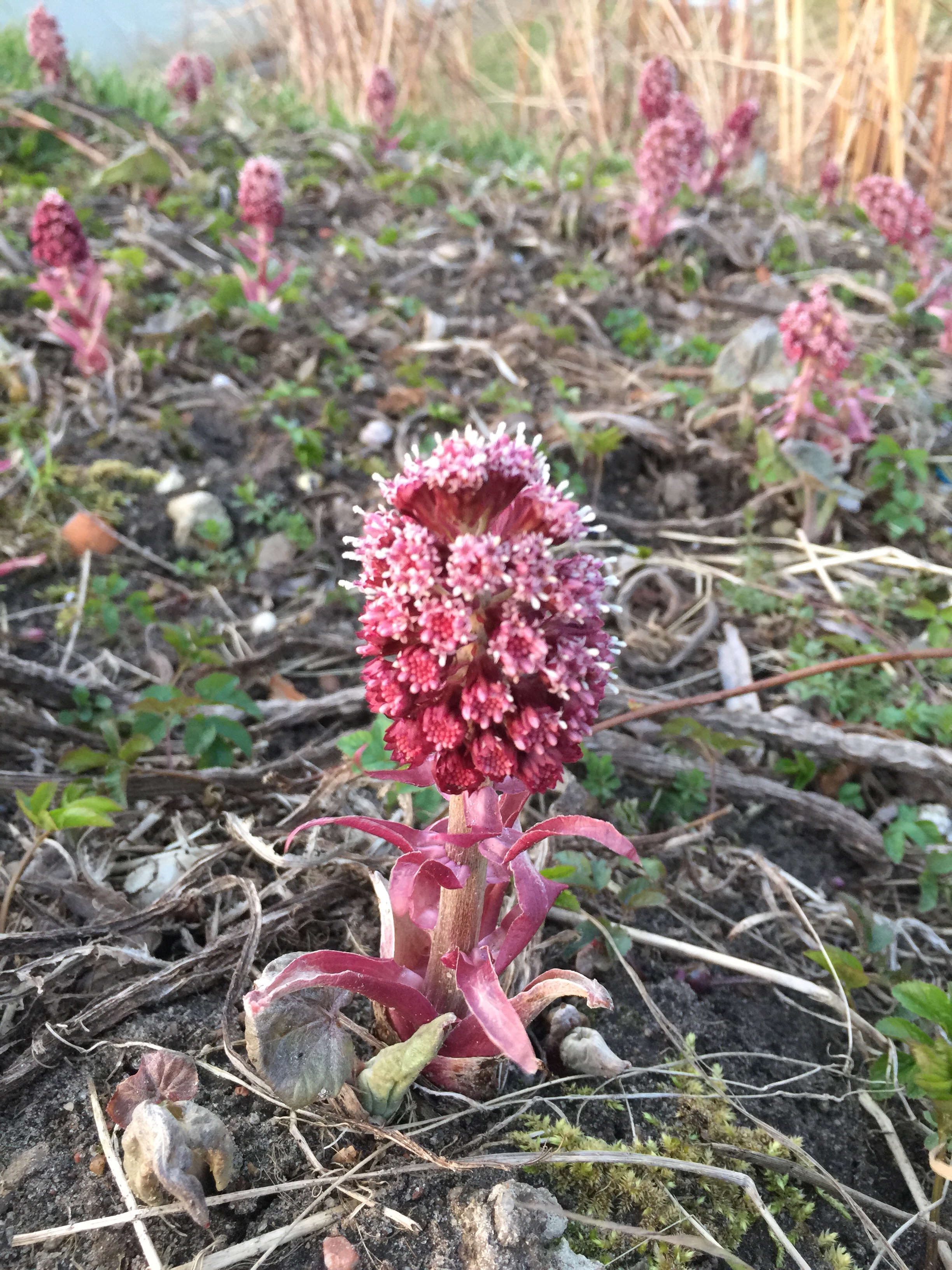

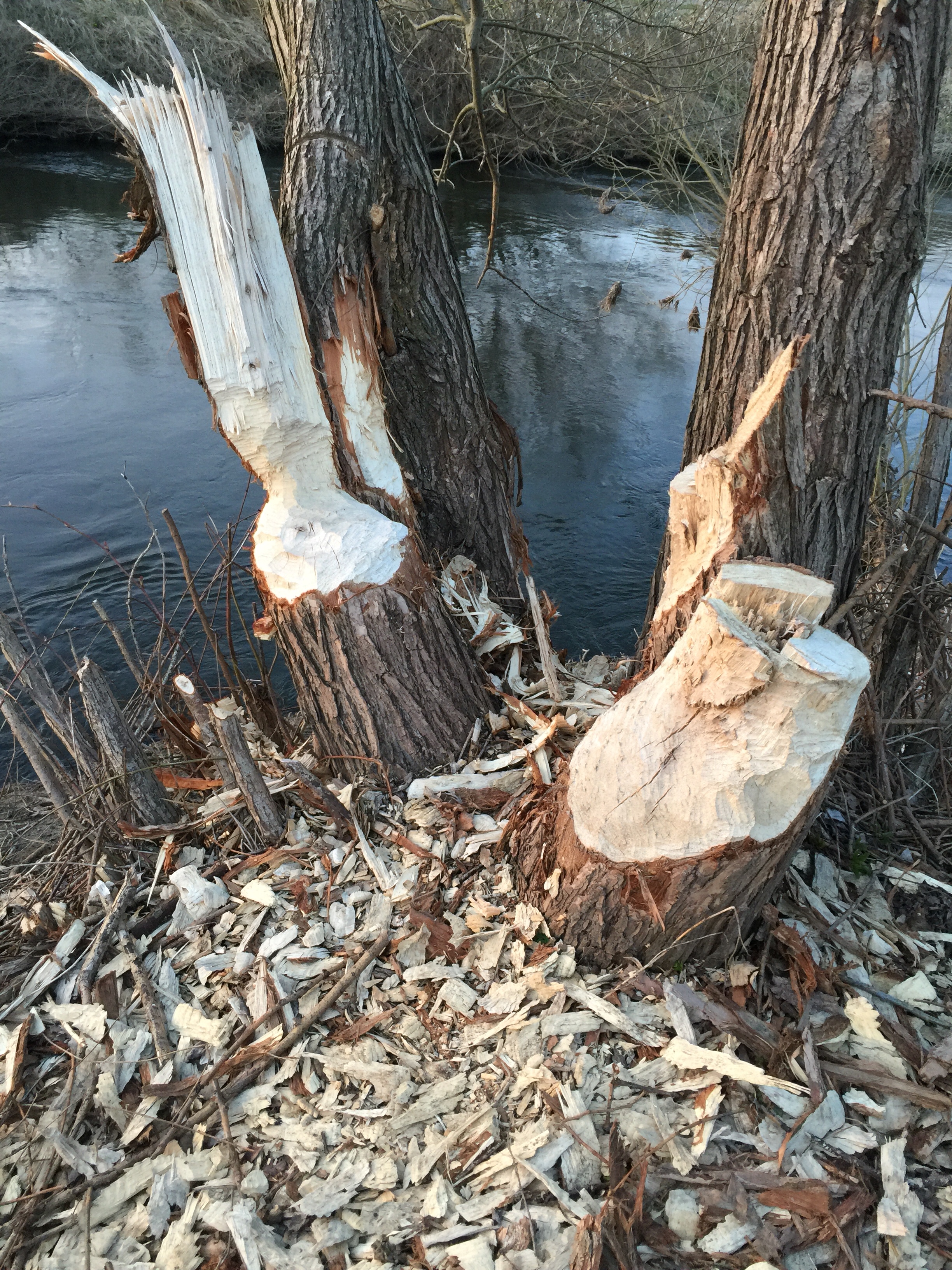
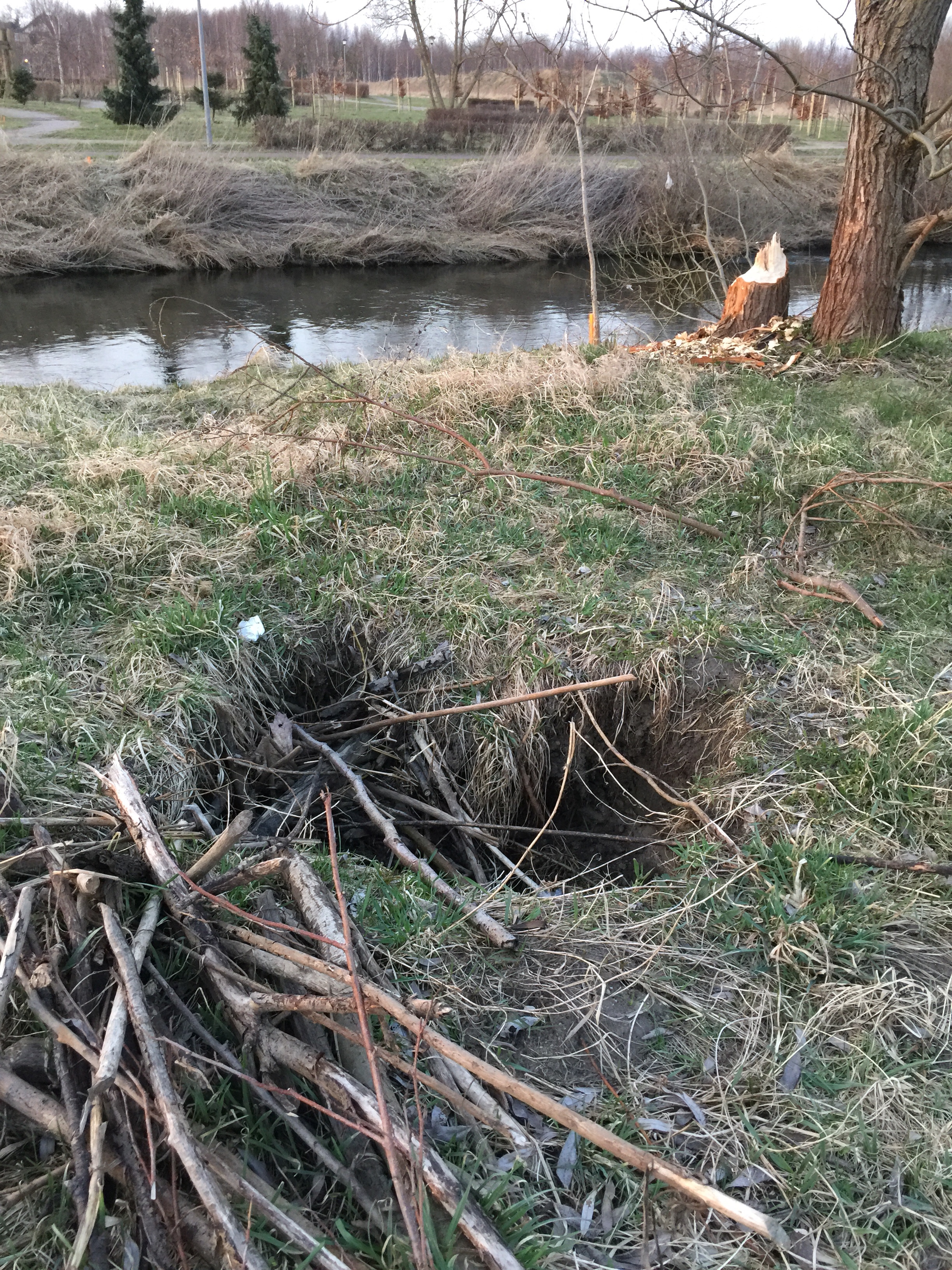
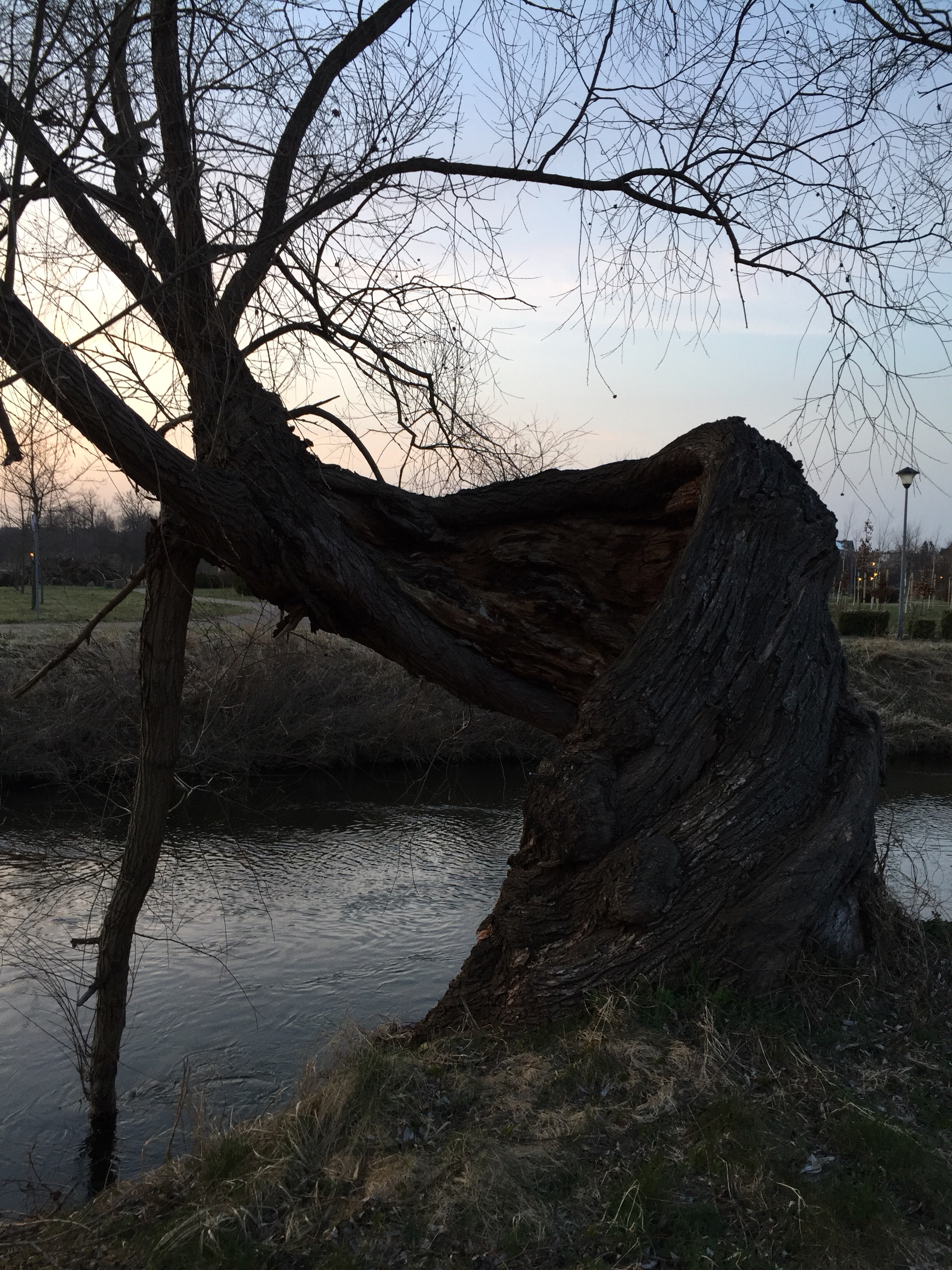

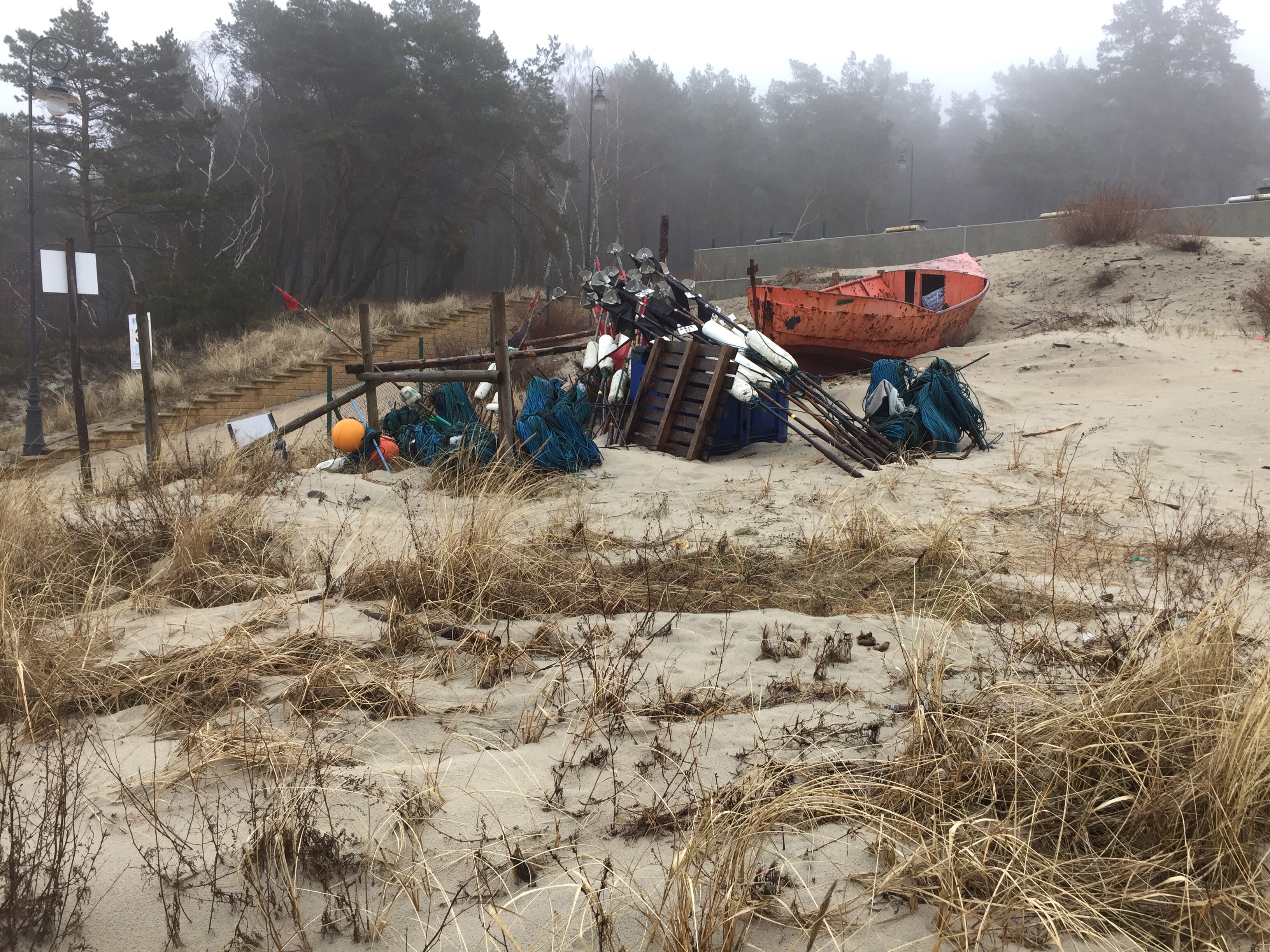 Sometimes it happens so that one fine day you come to the seaside and suddenly fall out of time as you stand on a foggy shore while sea waters are drowsily swaying over the sand.
Sometimes it happens so that one fine day you come to the seaside and suddenly fall out of time as you stand on a foggy shore while sea waters are drowsily swaying over the sand. It seems as if a sudden descent of fog, like a spell, froze over these toilers the moment they were stepping out of the sea as the shift completed.
It seems as if a sudden descent of fog, like a spell, froze over these toilers the moment they were stepping out of the sea as the shift completed. Hopes, expectations, dreams, plans, all having been put off to give place to the mist limbo that spilled over the coast. As you enter the territory your sense of time kind of gets lost. This mist is like another dimension in which your ordinary reality exists only as reflection in a drop of a foggy dew.
Hopes, expectations, dreams, plans, all having been put off to give place to the mist limbo that spilled over the coast. As you enter the territory your sense of time kind of gets lost. This mist is like another dimension in which your ordinary reality exists only as reflection in a drop of a foggy dew. You are no longer sure what brought you here, or what you were about to do next. All reasons now are no more than faint echoes from afar.
You are no longer sure what brought you here, or what you were about to do next. All reasons now are no more than faint echoes from afar. Then at some point all usual senses merge, letting in an overall feeling of spiritual comfort and harmony. And you feel like entering the unknown terrain. This is the moment when inspiration takes over your mind… However, it is quite possible that this is just an effect on your mind you are getting from the negatively charged ions in the air, after all.
Then at some point all usual senses merge, letting in an overall feeling of spiritual comfort and harmony. And you feel like entering the unknown terrain. This is the moment when inspiration takes over your mind… However, it is quite possible that this is just an effect on your mind you are getting from the negatively charged ions in the air, after all. This way or another, color scheme suggested by the fog inevitably appears on my next up-cycled pieces, something you can put on and wear your memories of the Spring mist on the Fishing Shore close to your heart…
This way or another, color scheme suggested by the fog inevitably appears on my next up-cycled pieces, something you can put on and wear your memories of the Spring mist on the Fishing Shore close to your heart…


